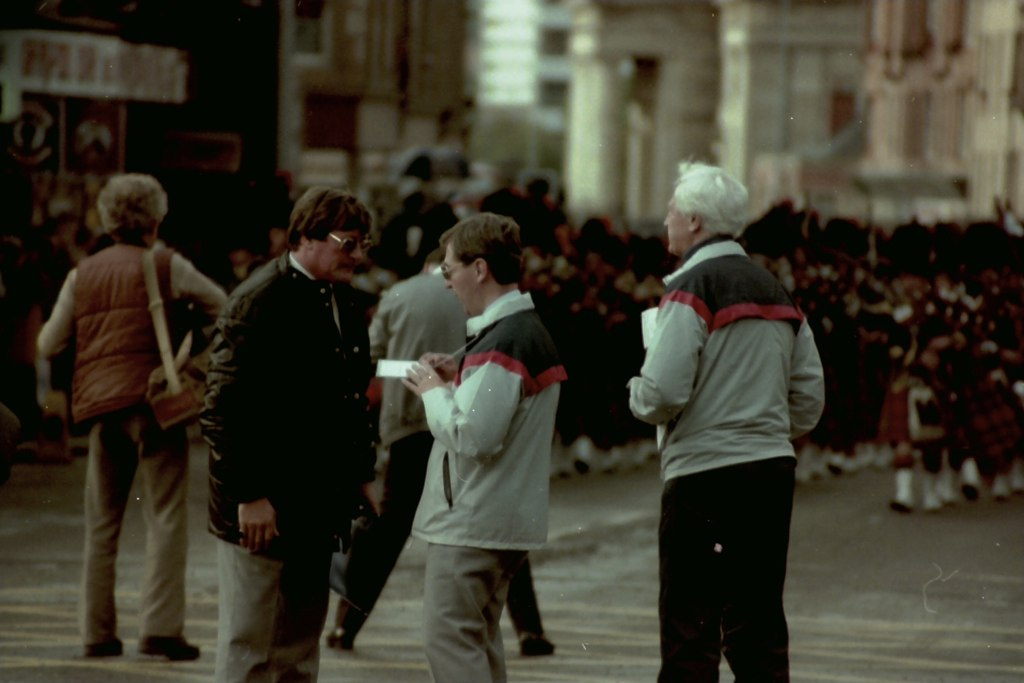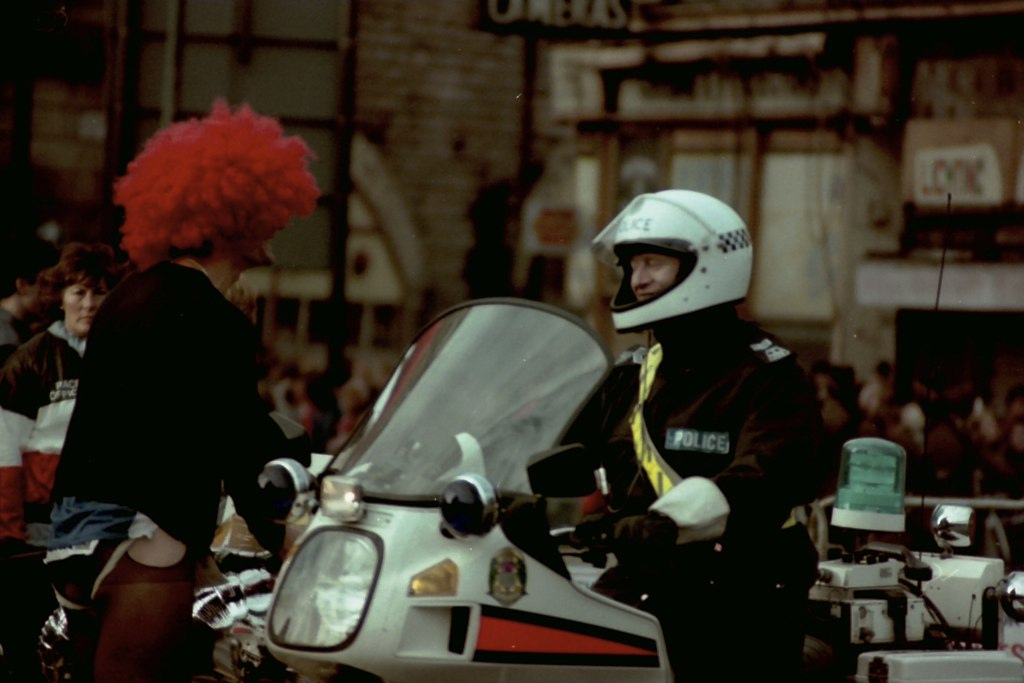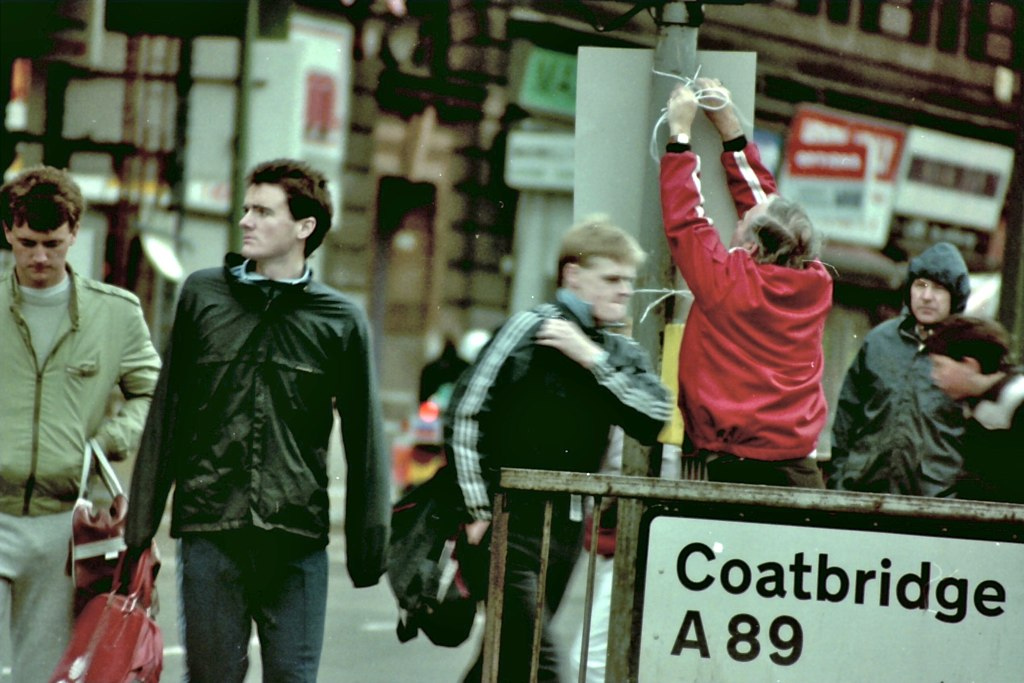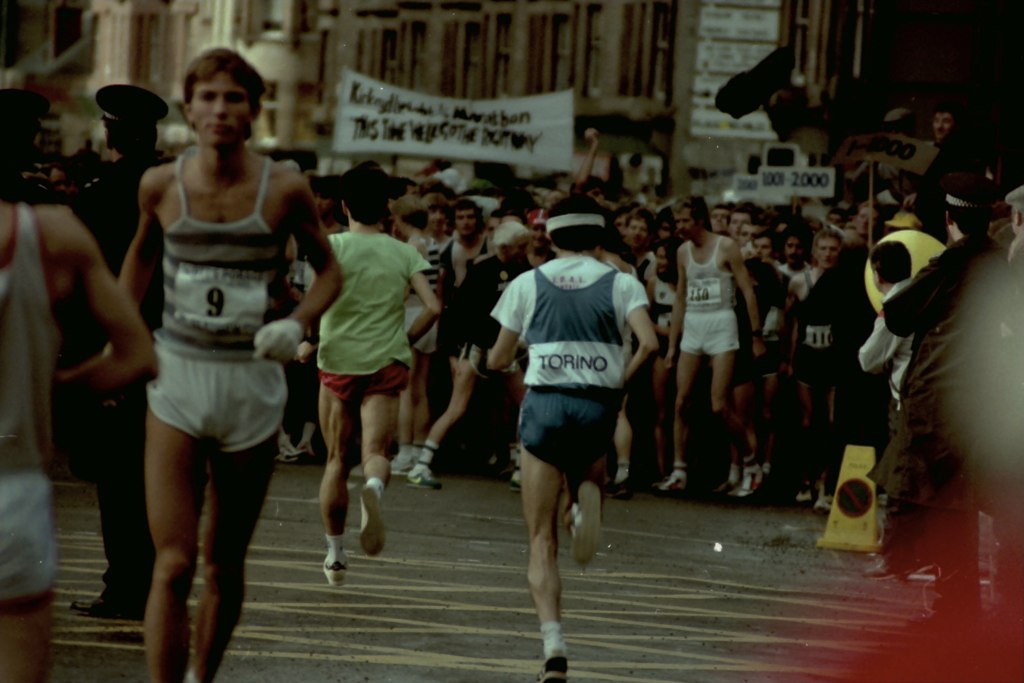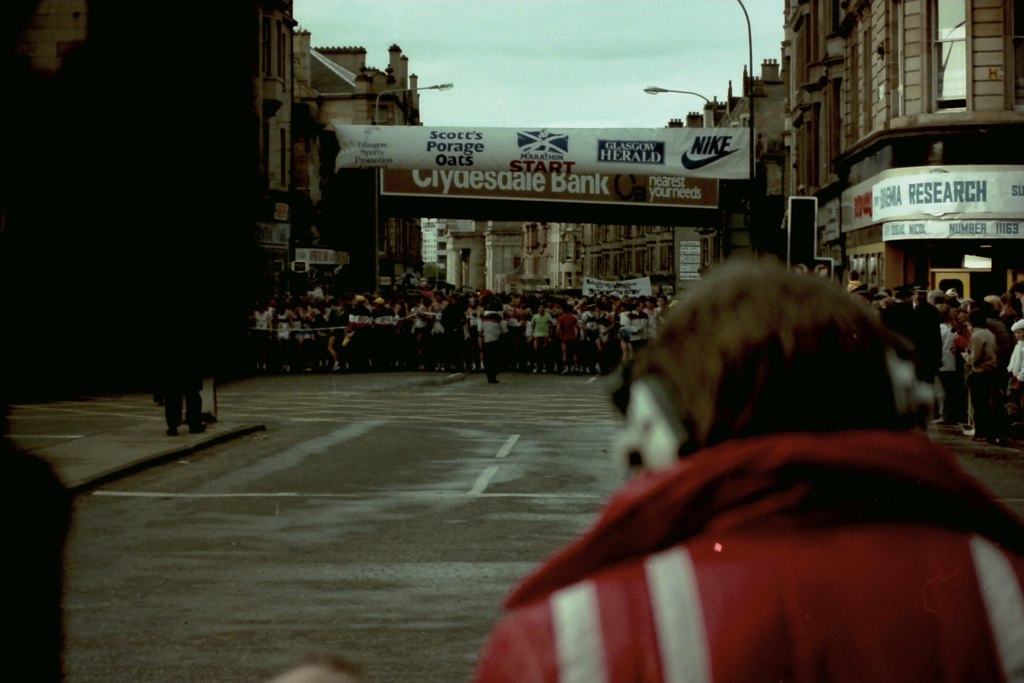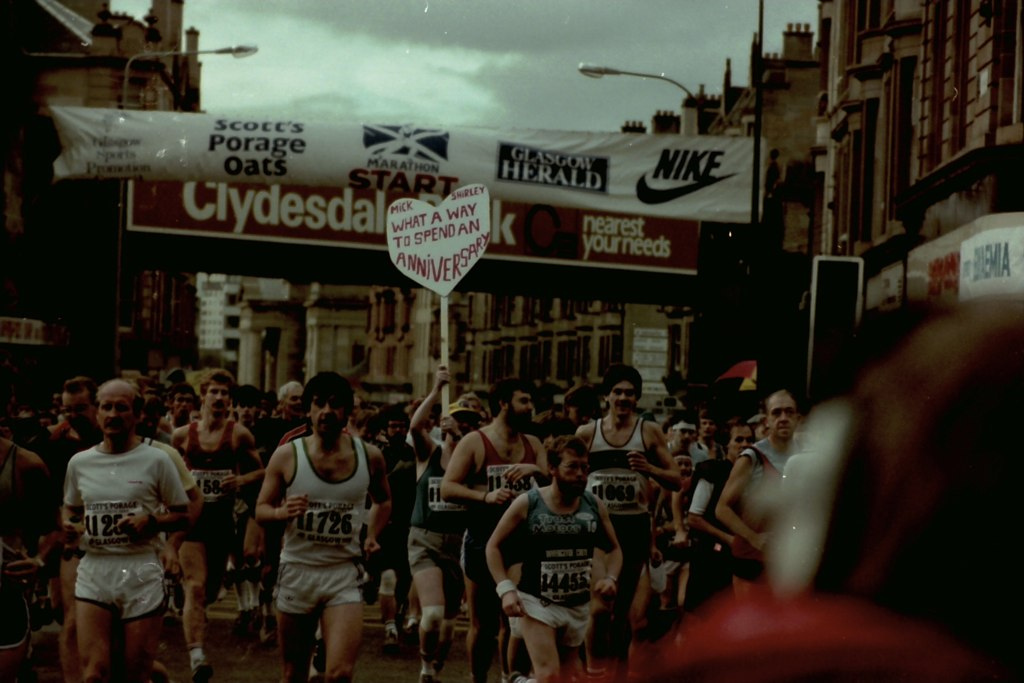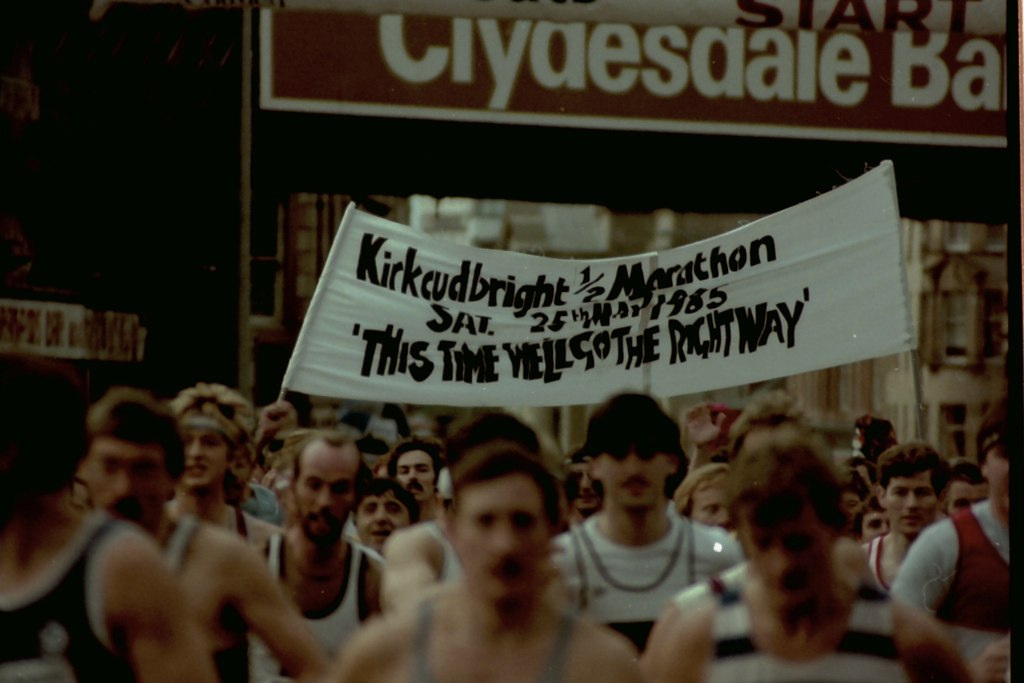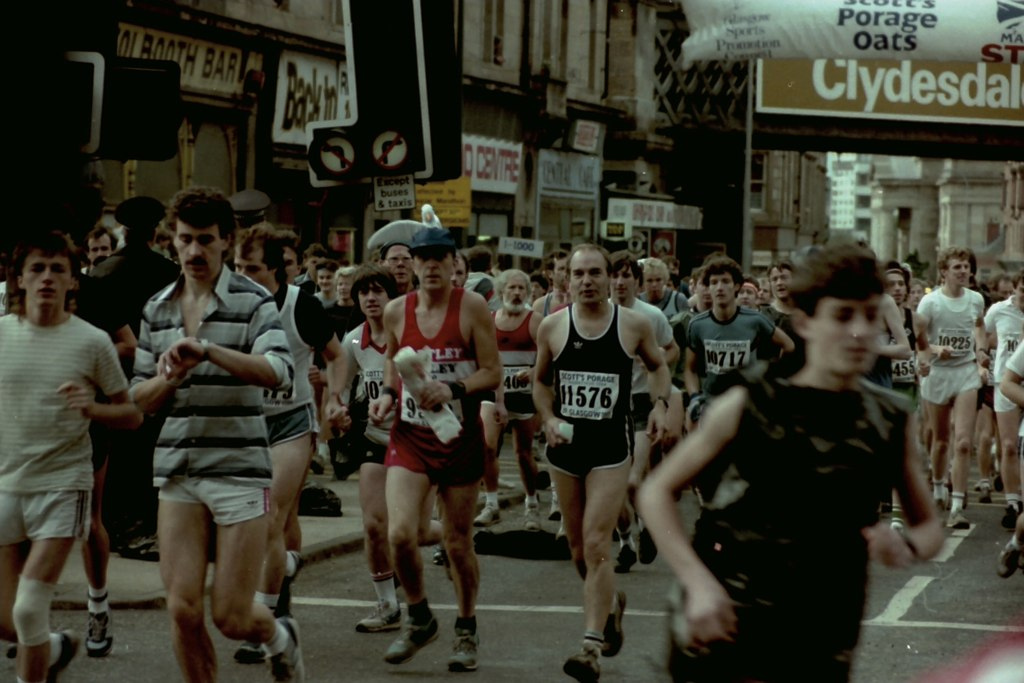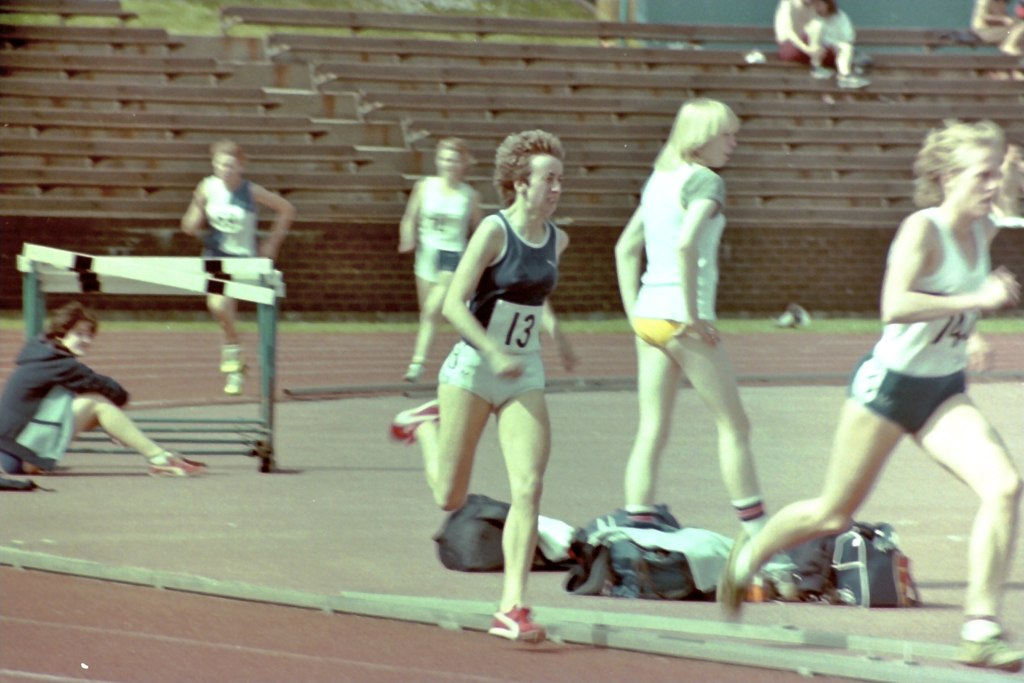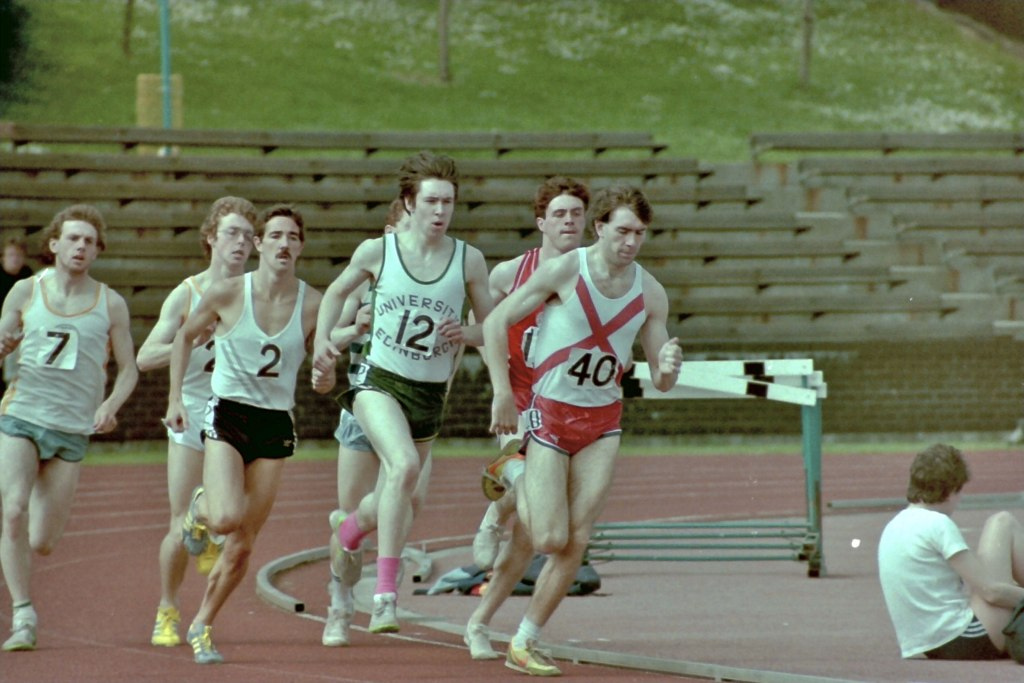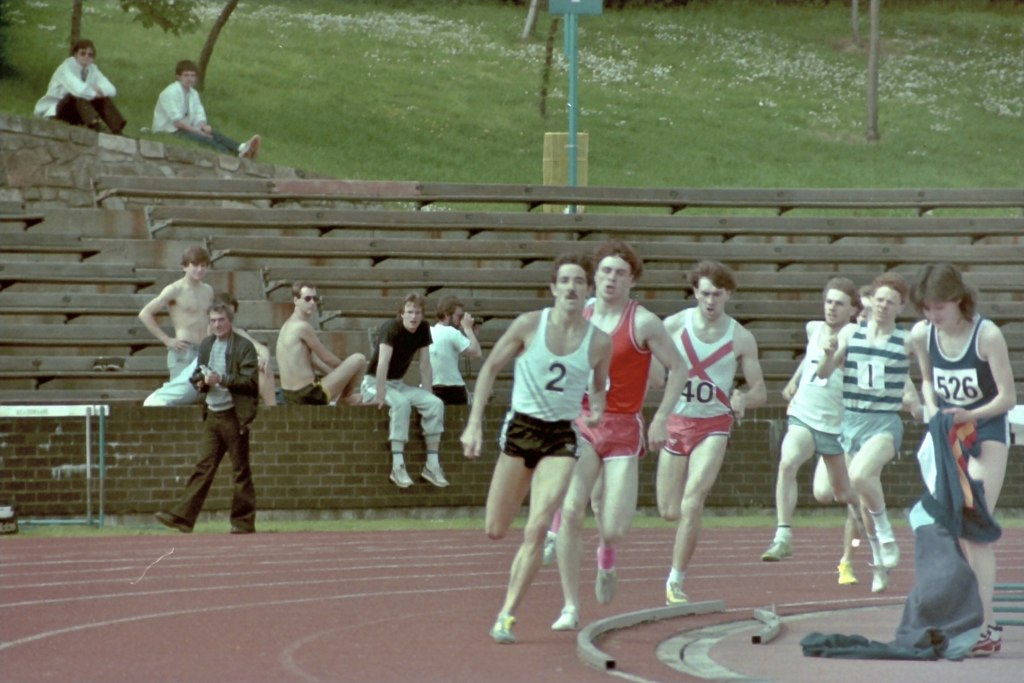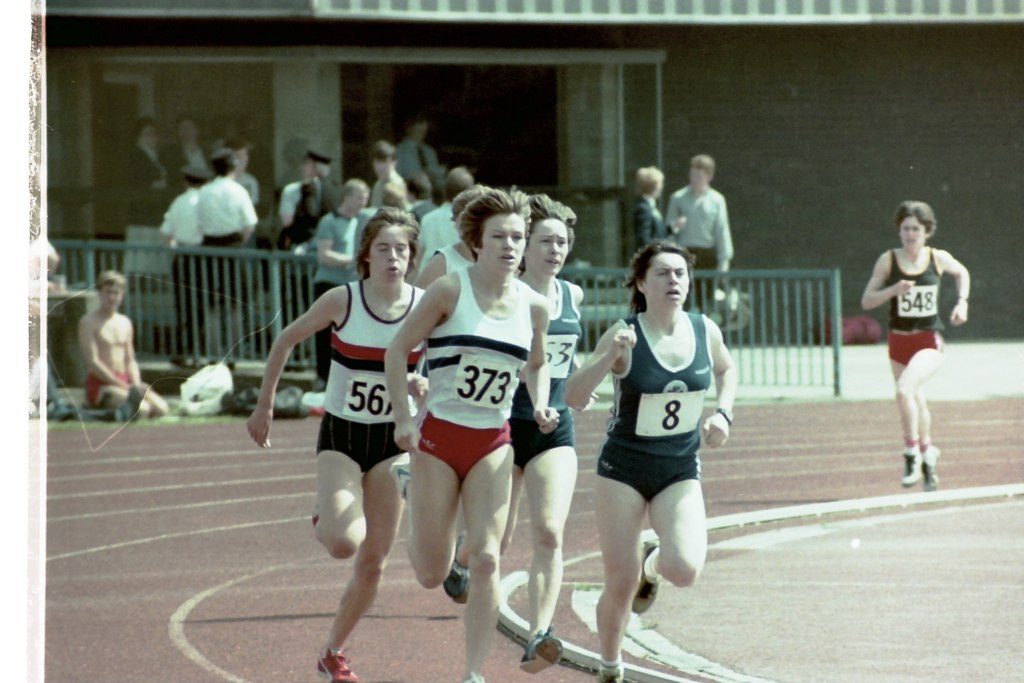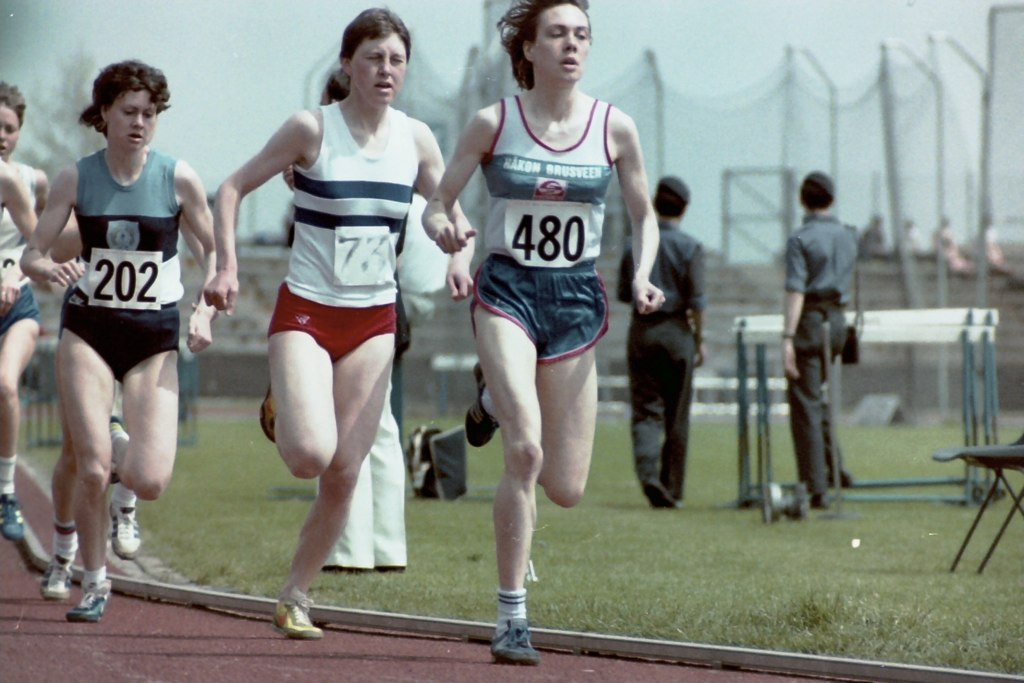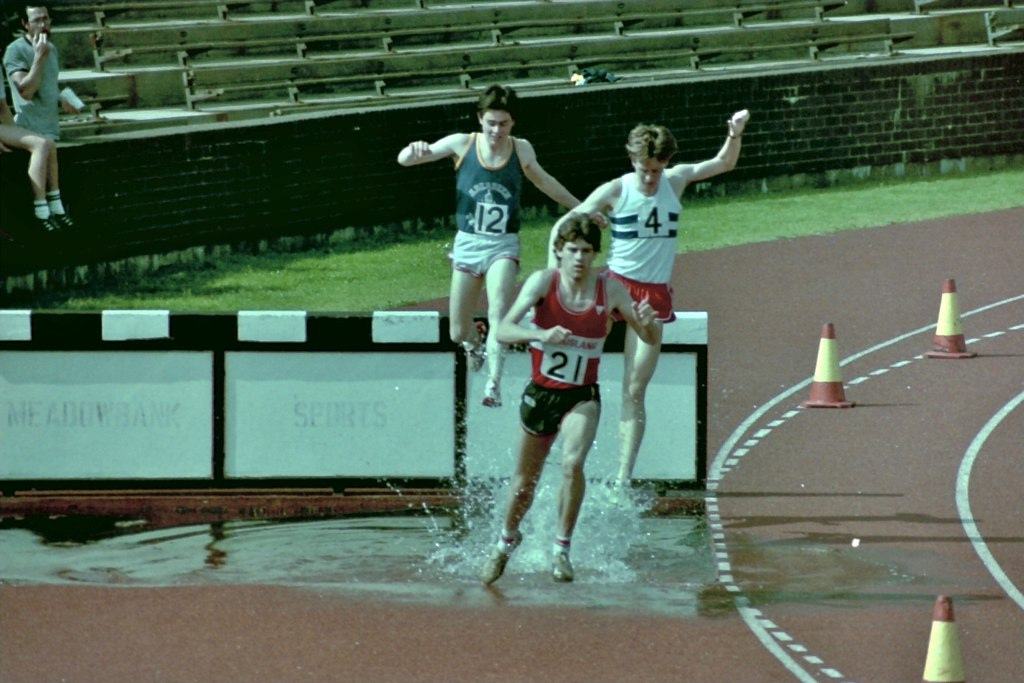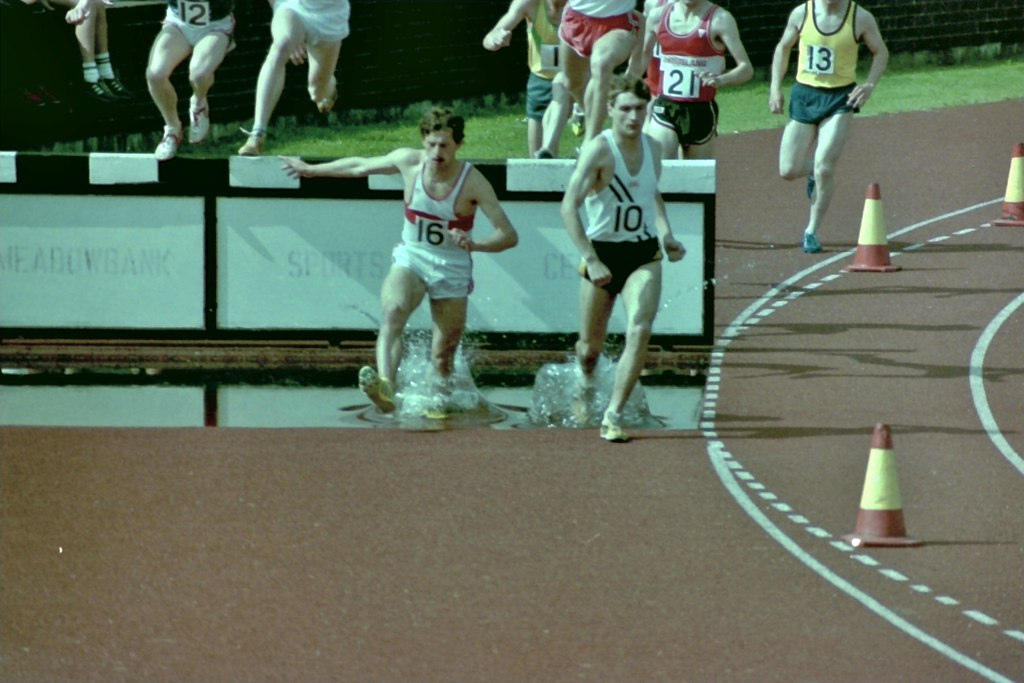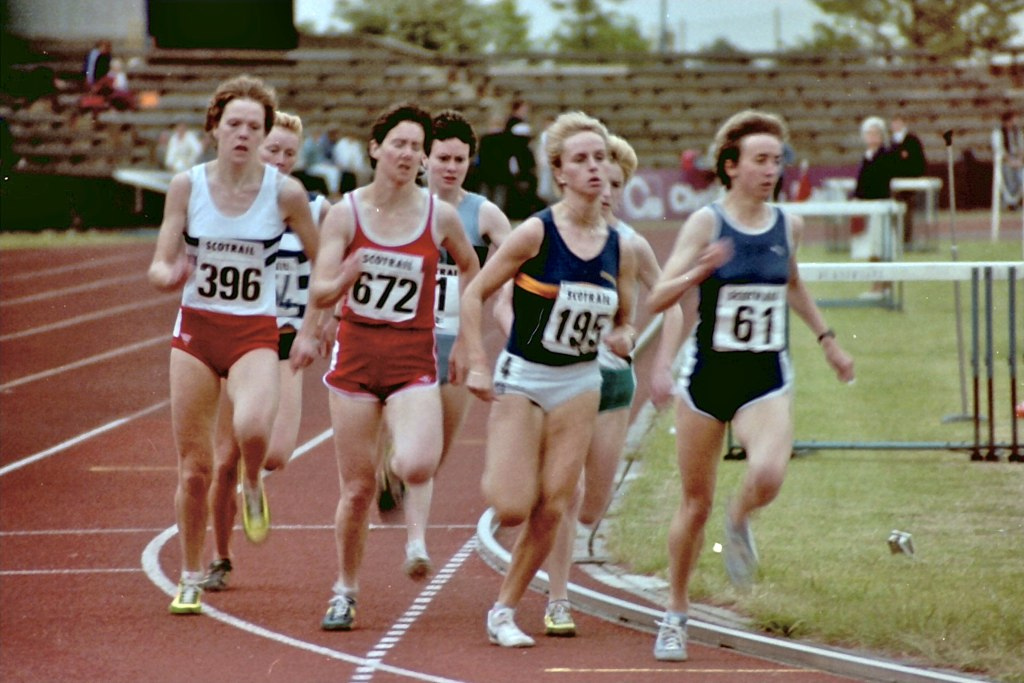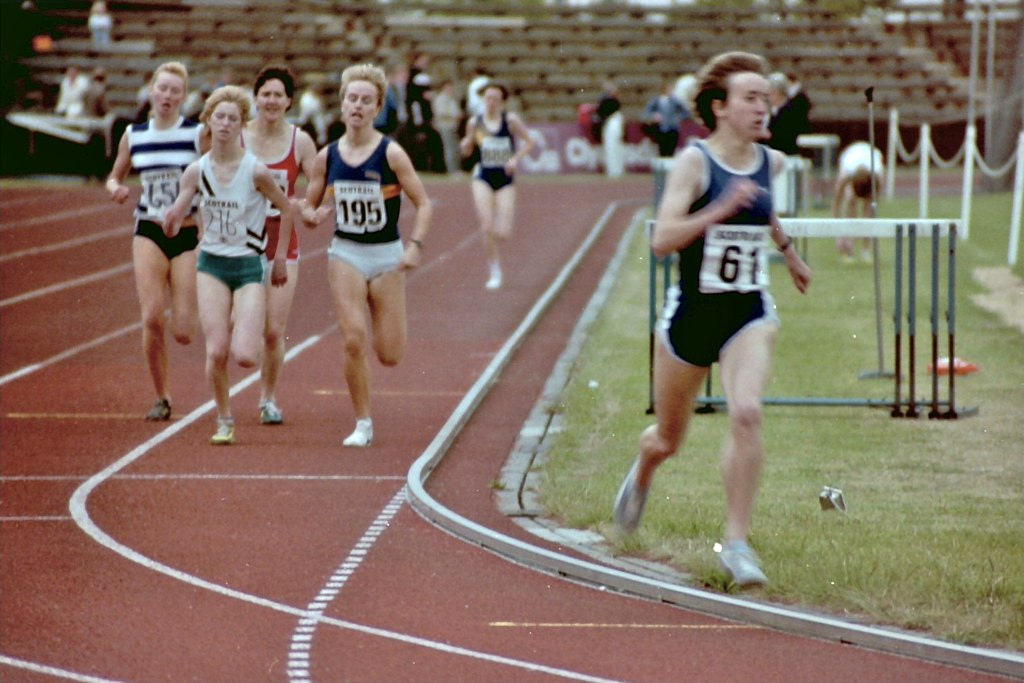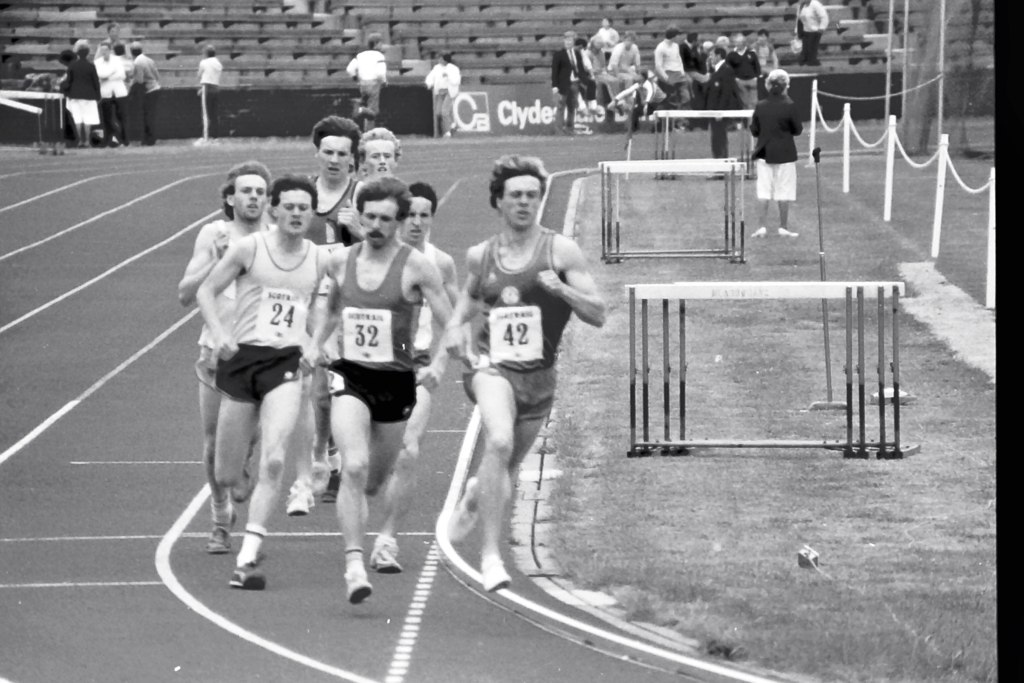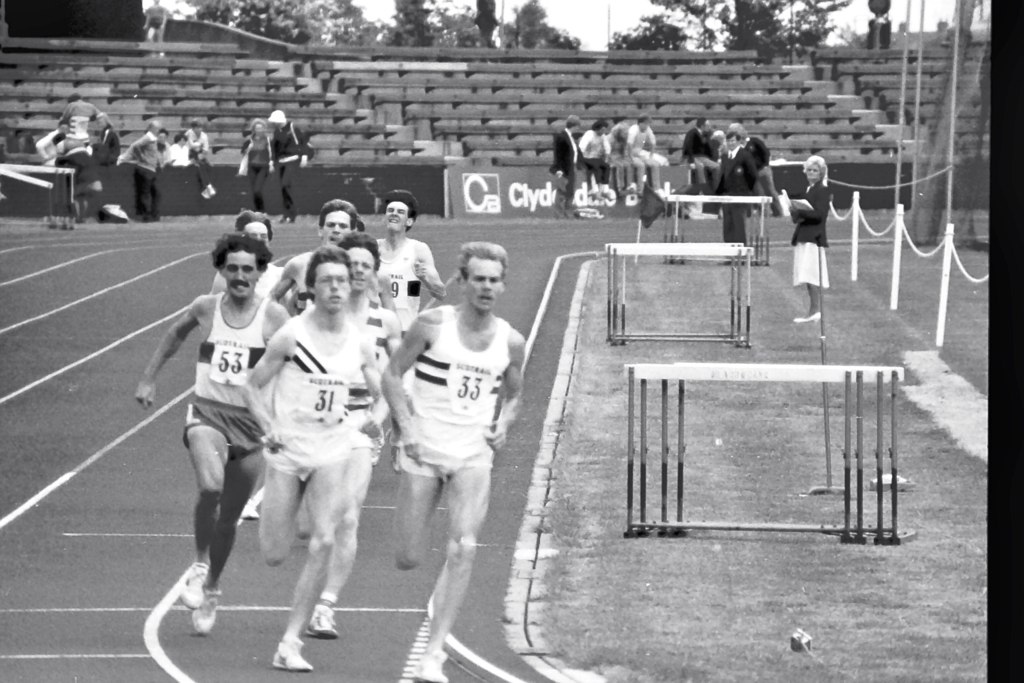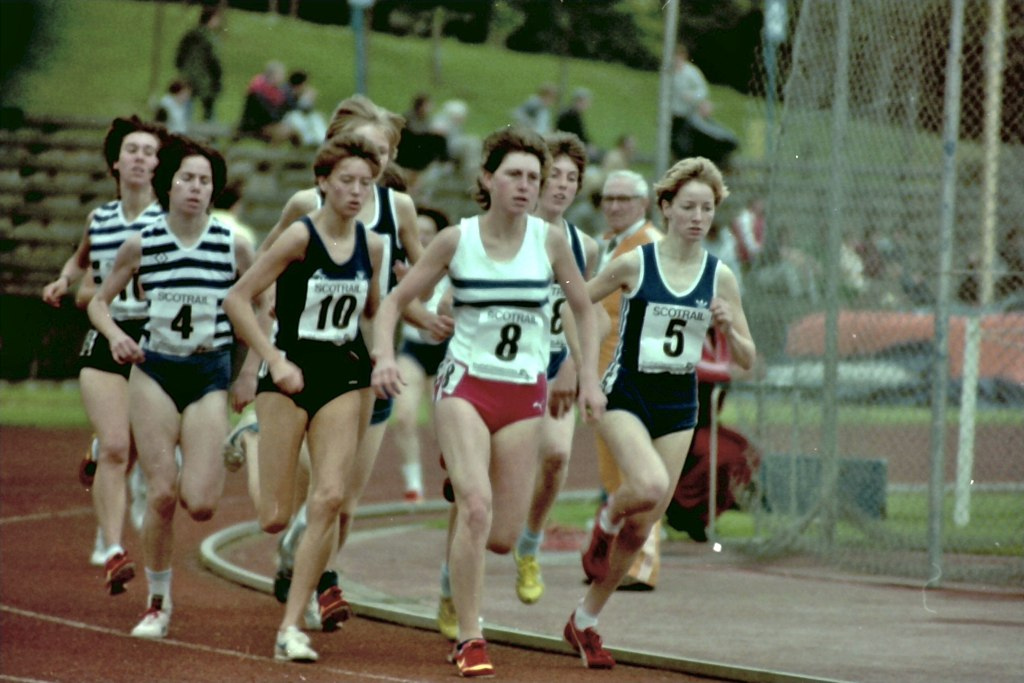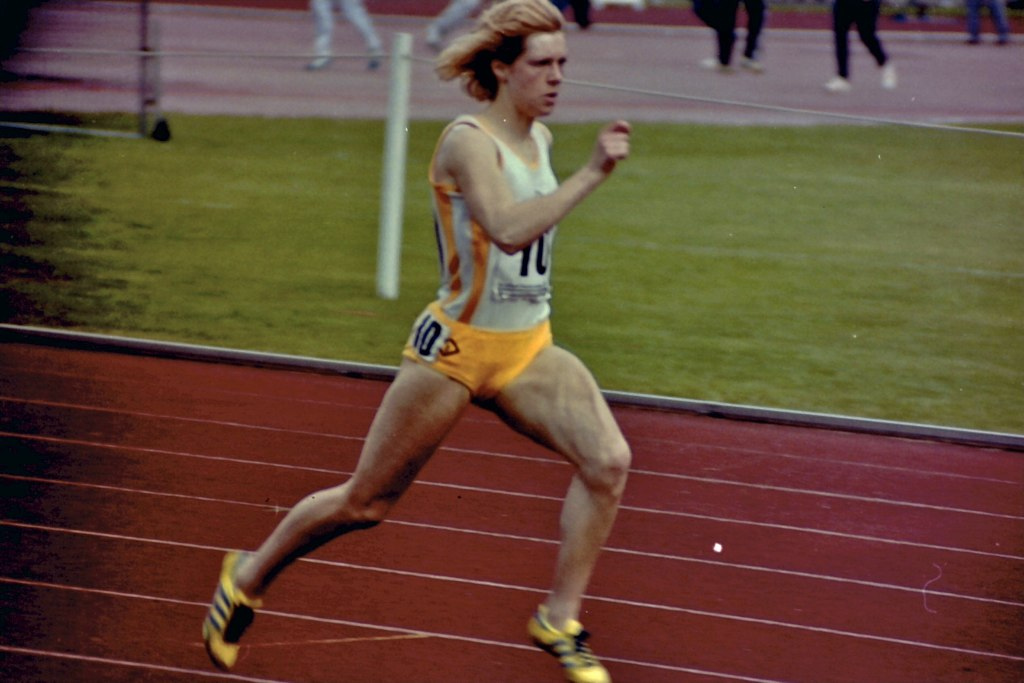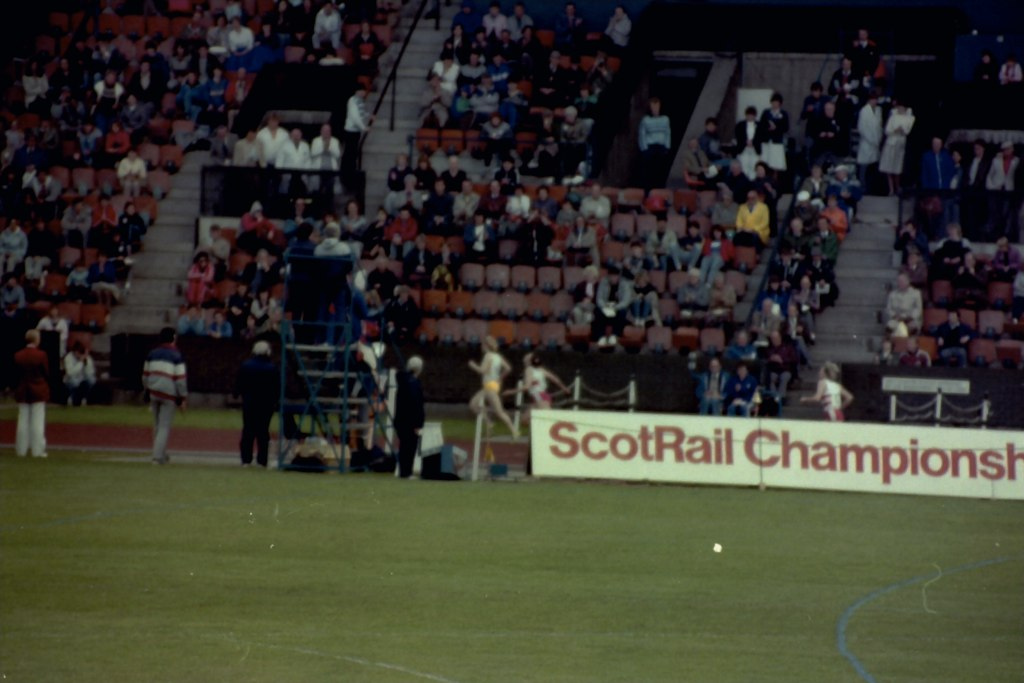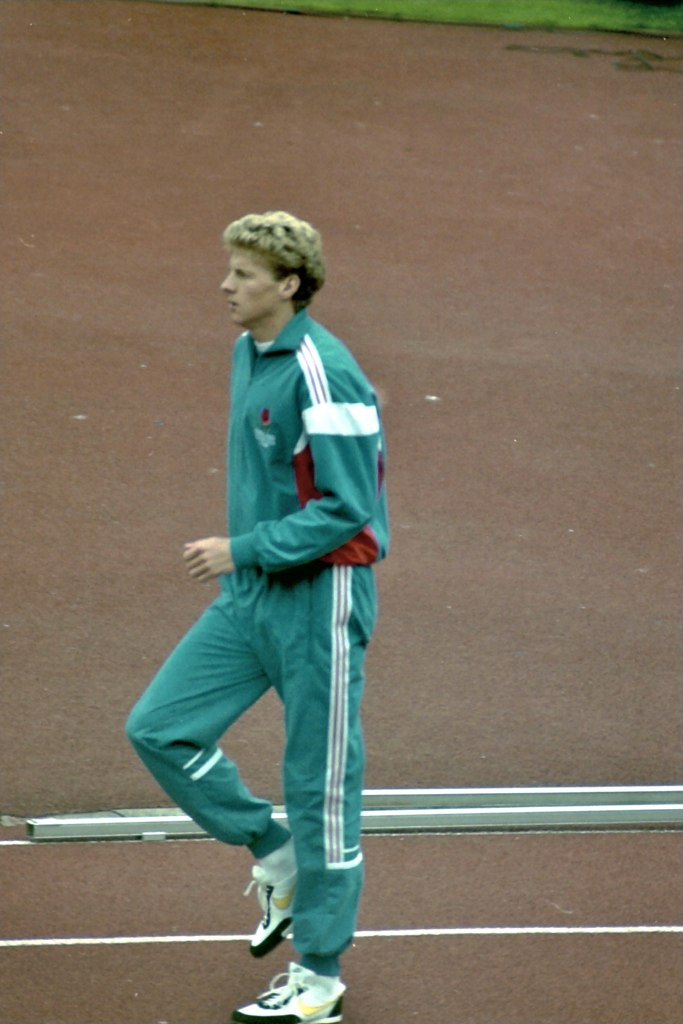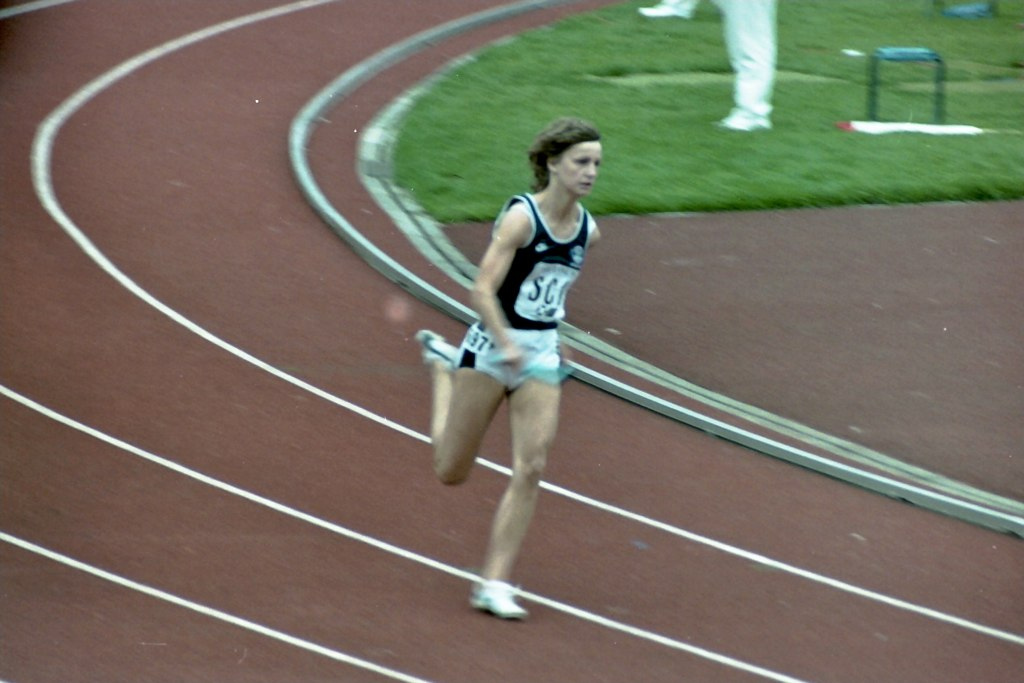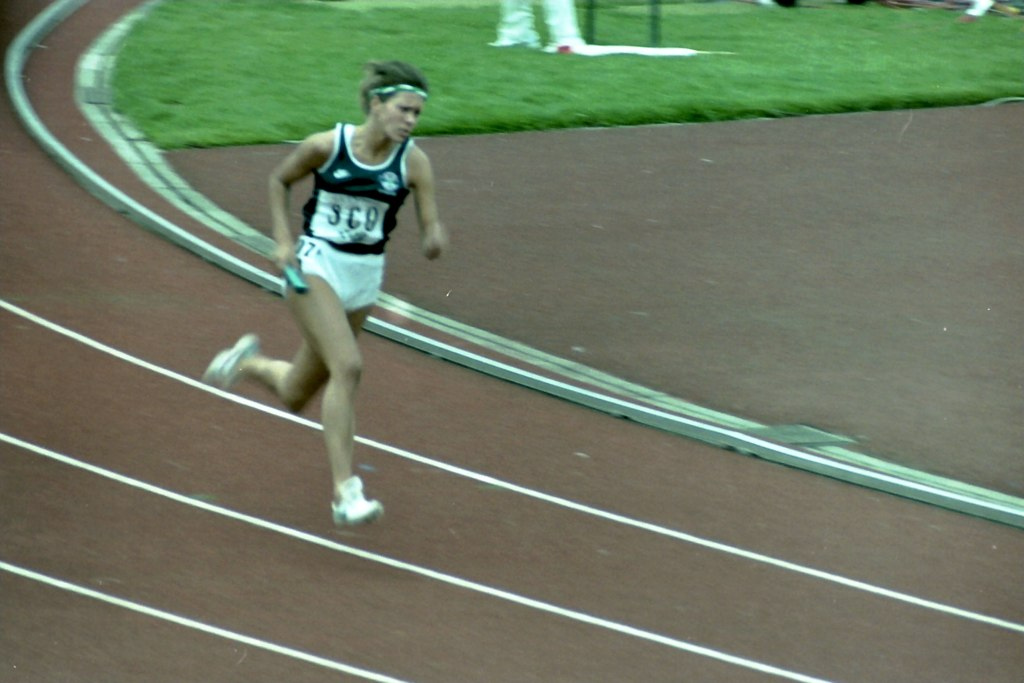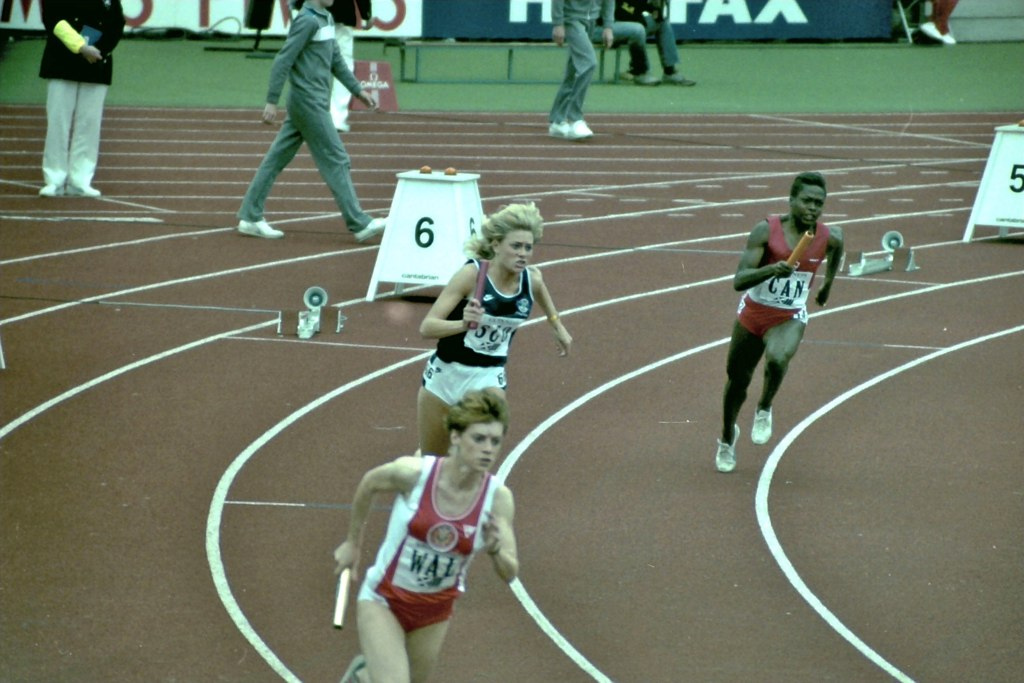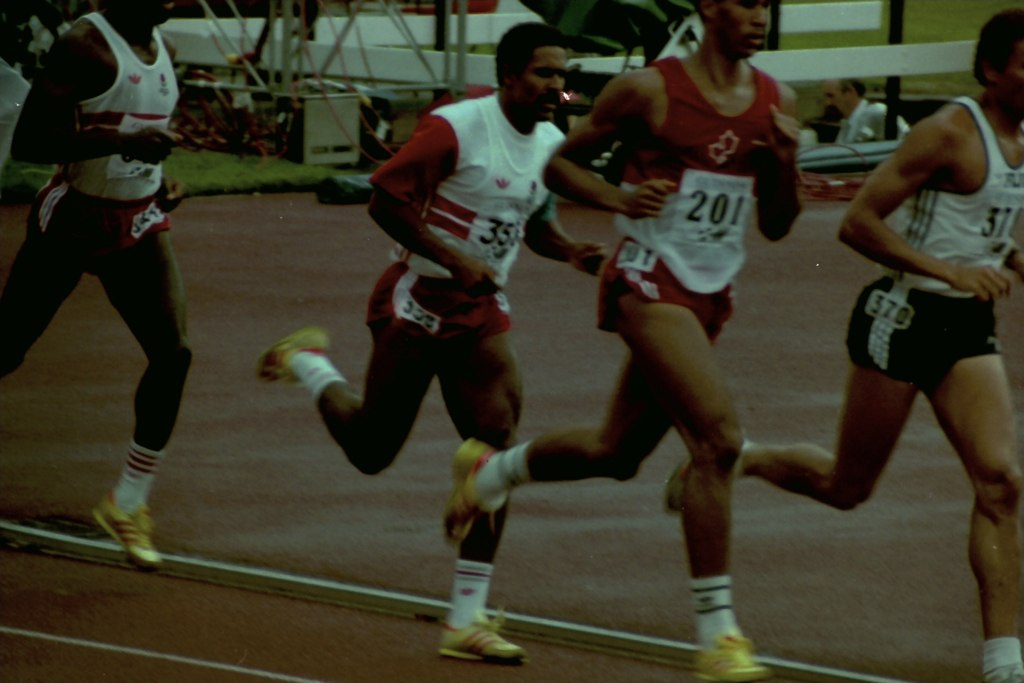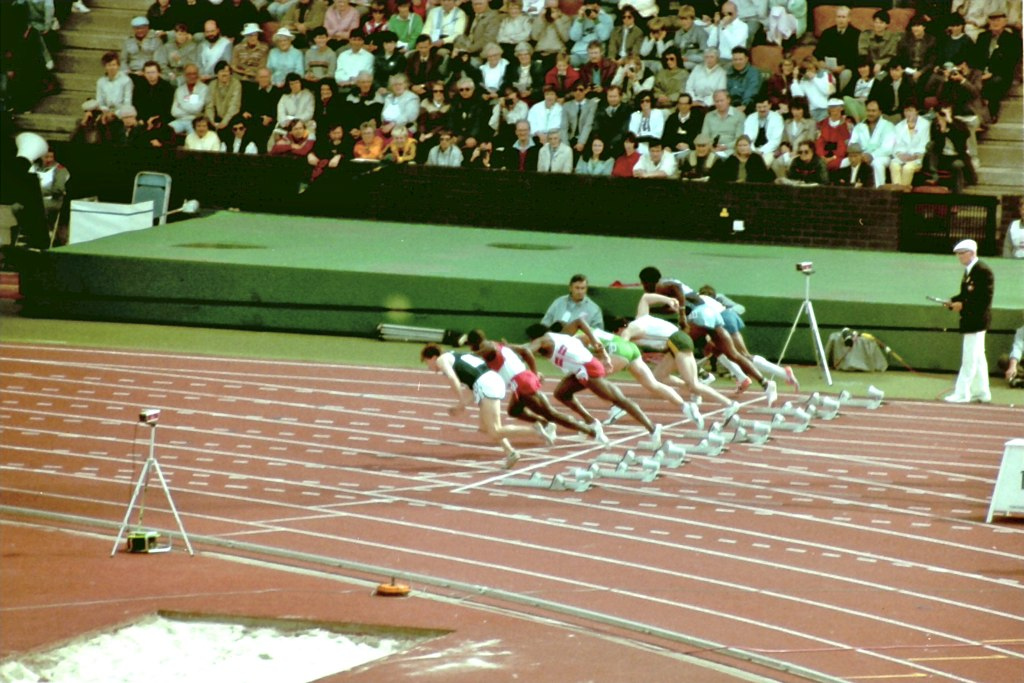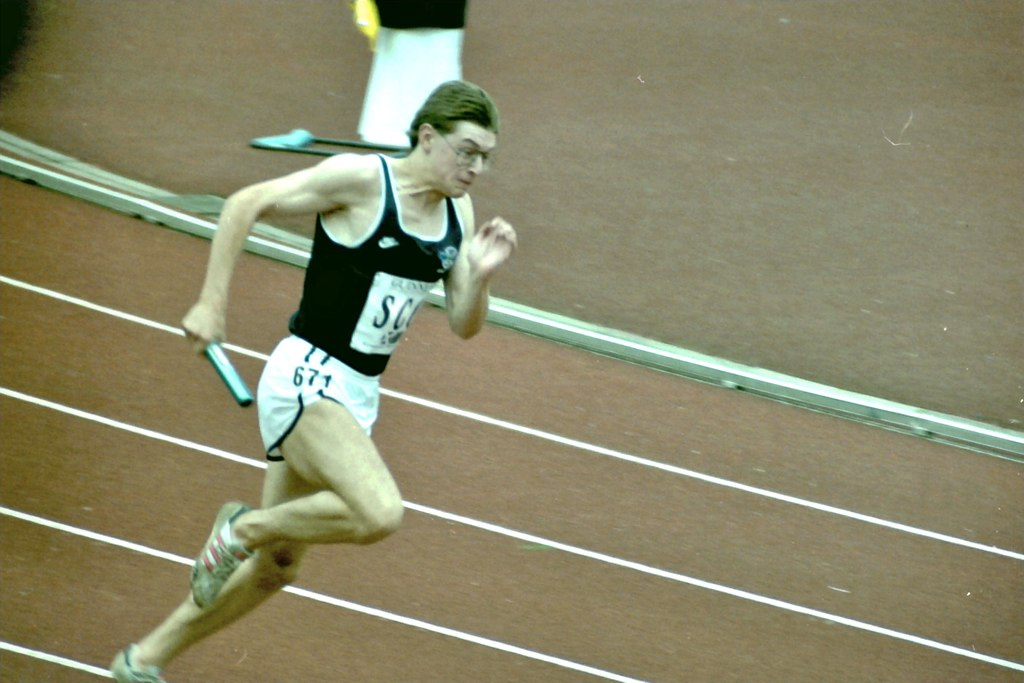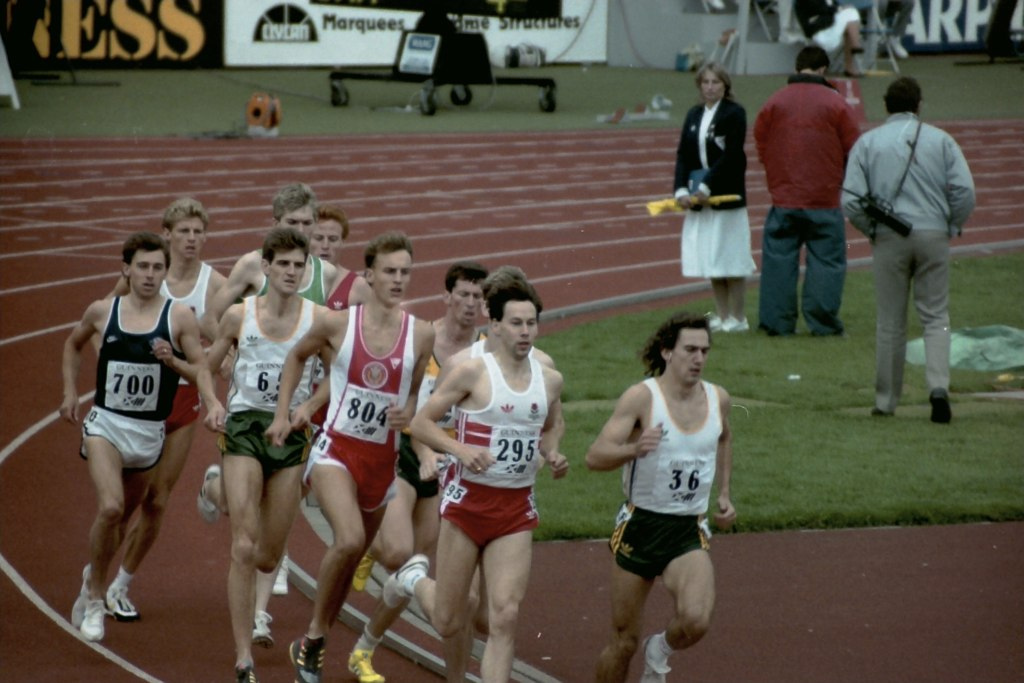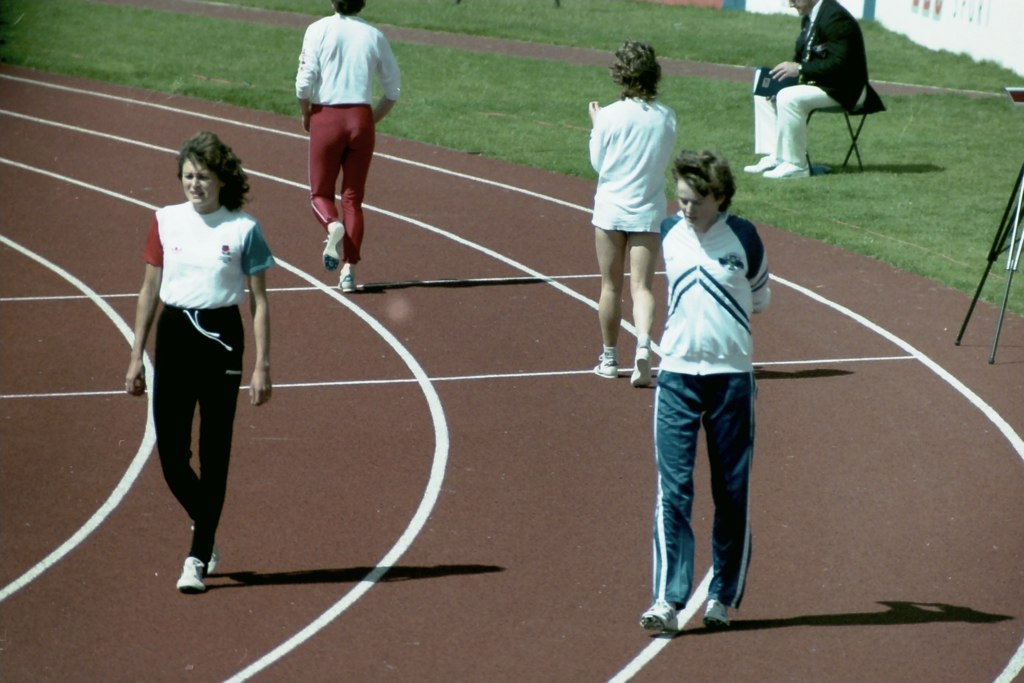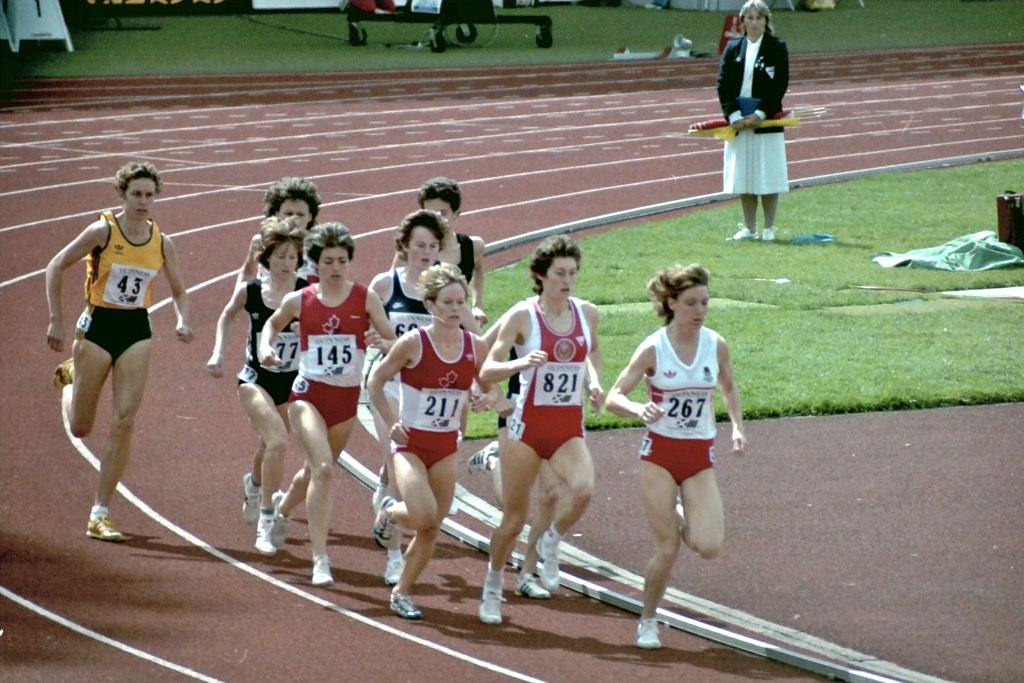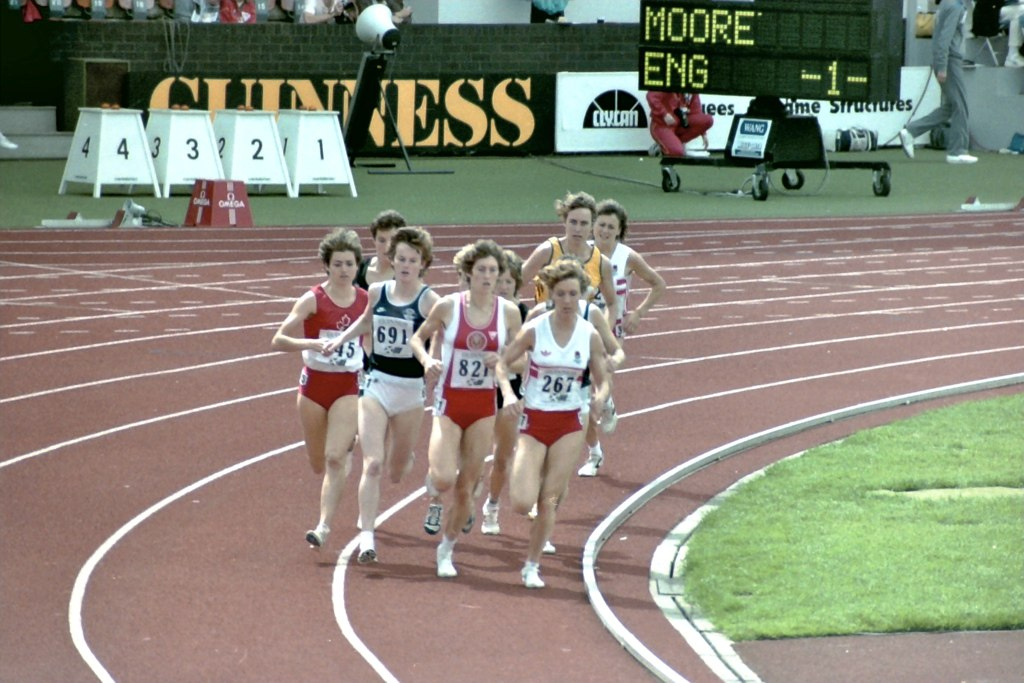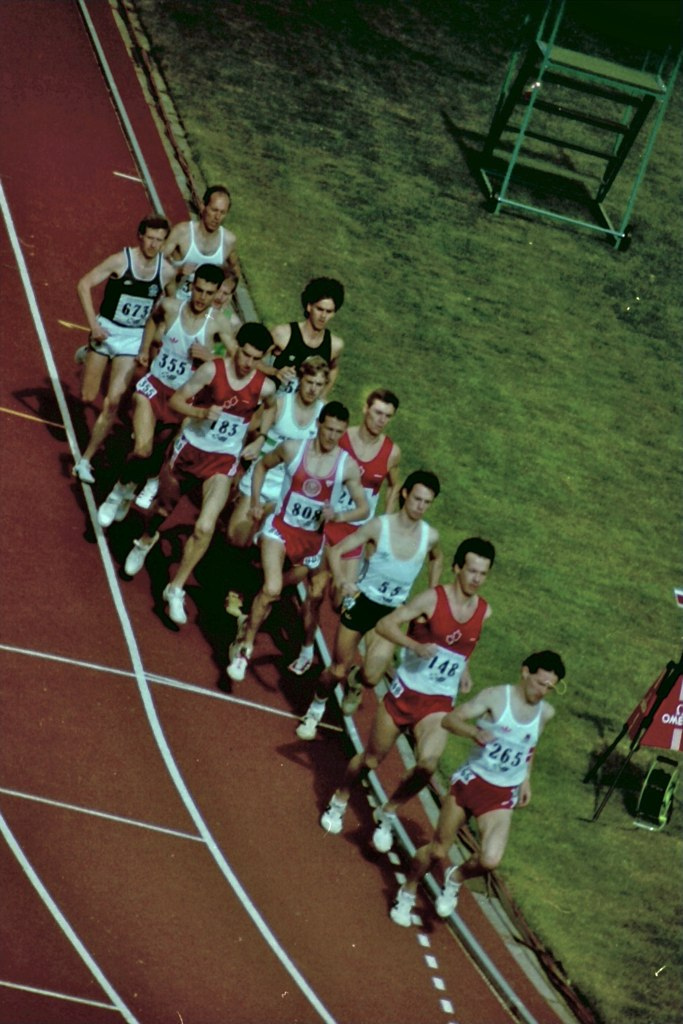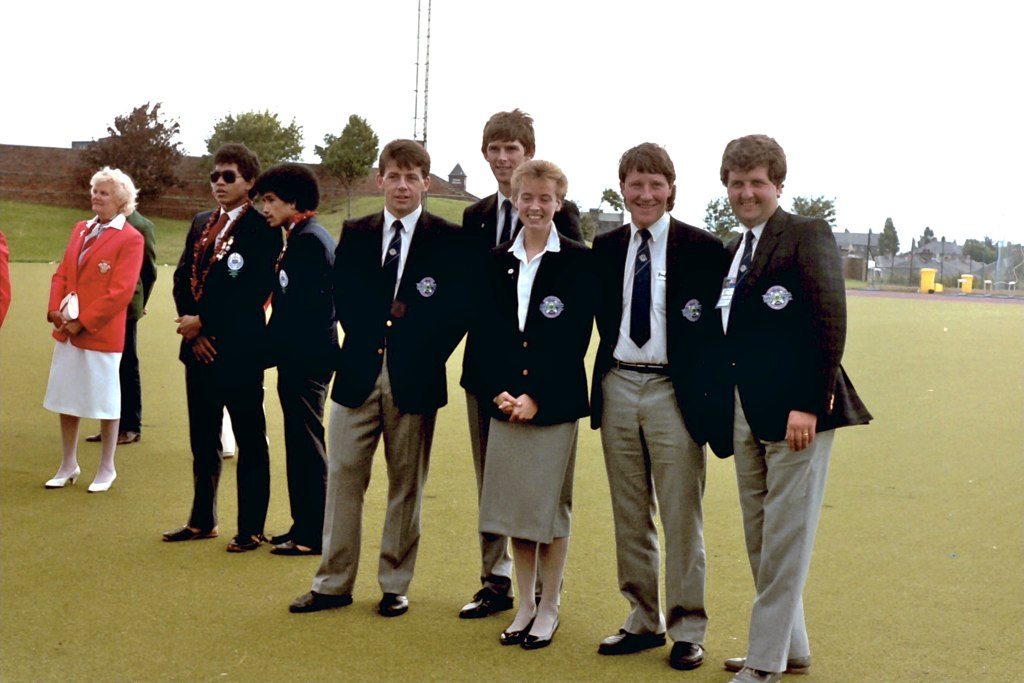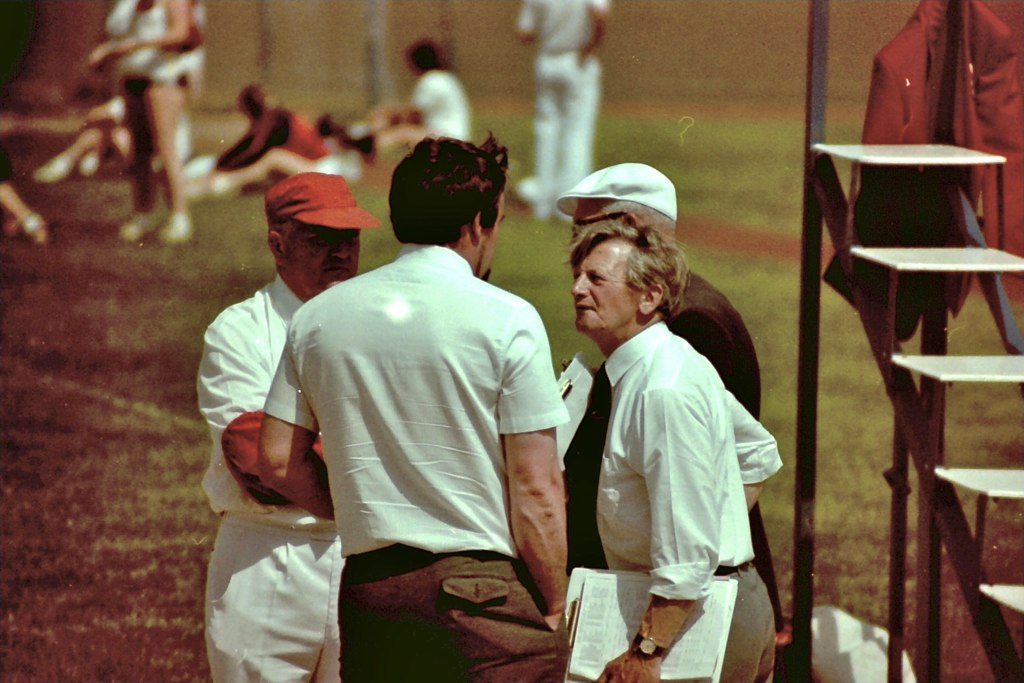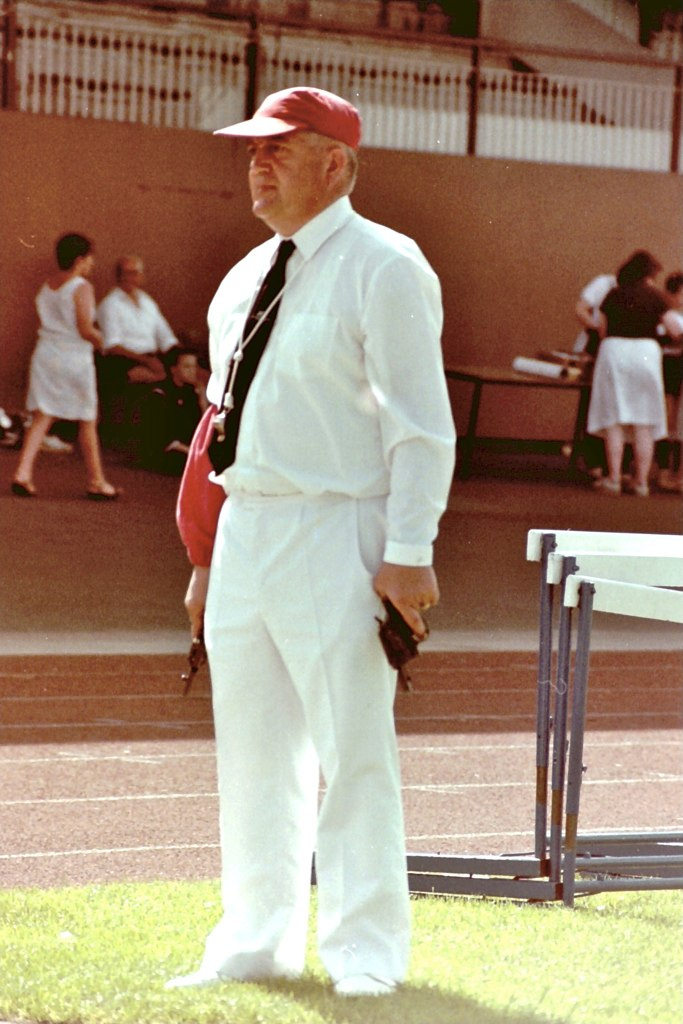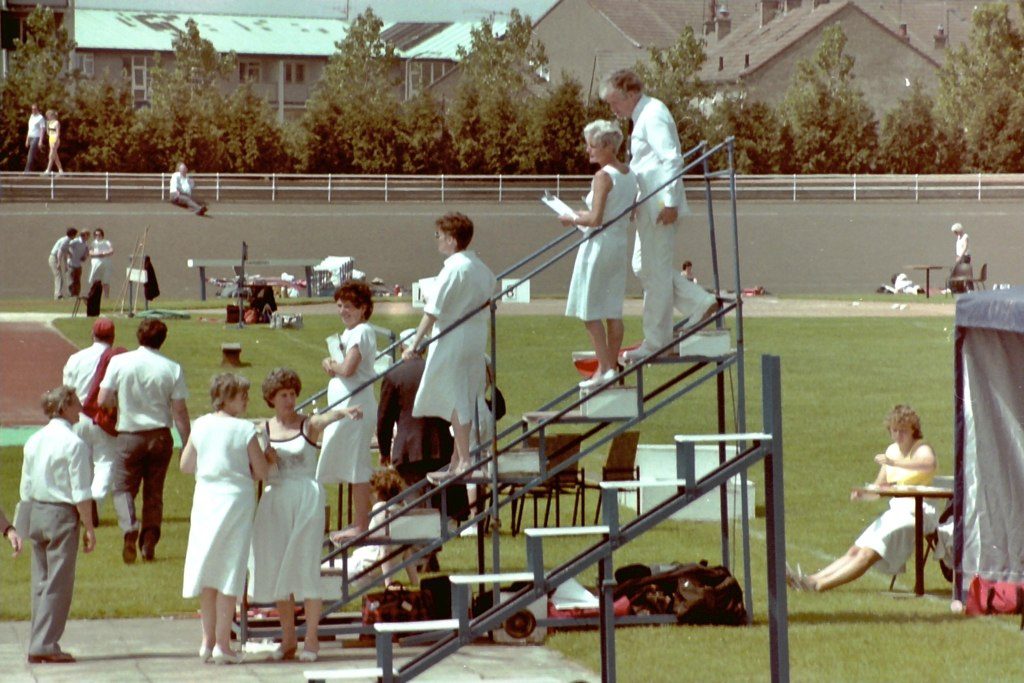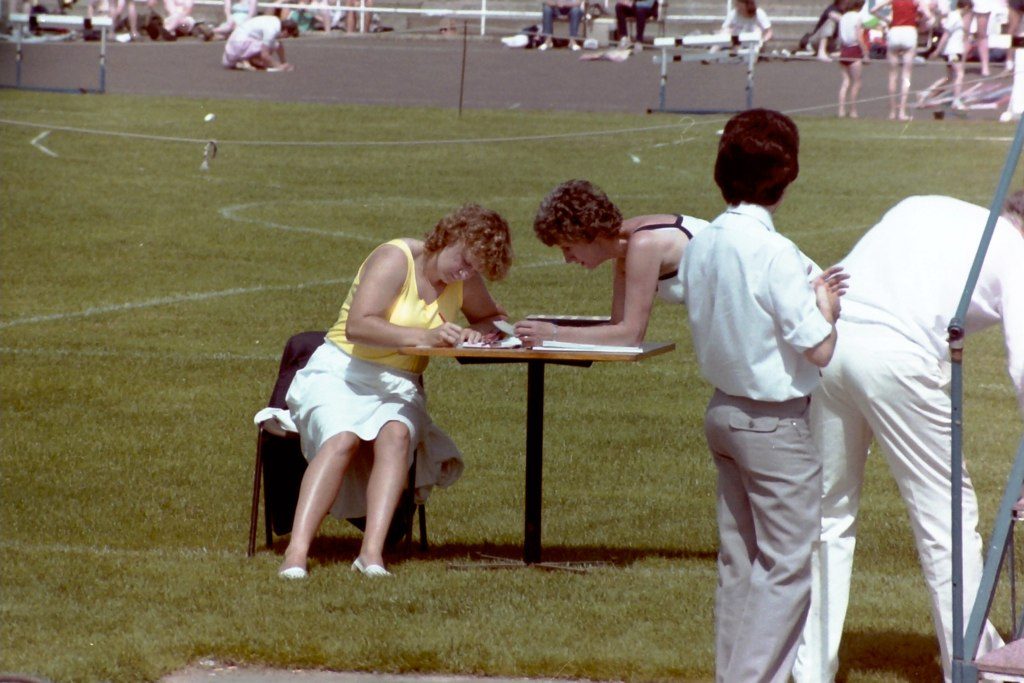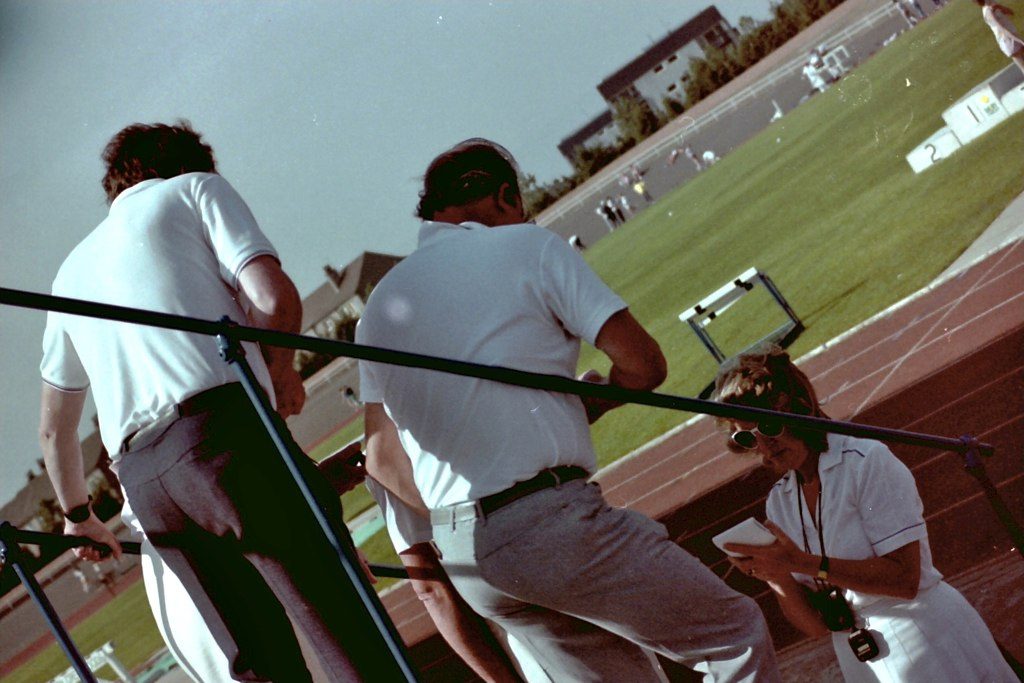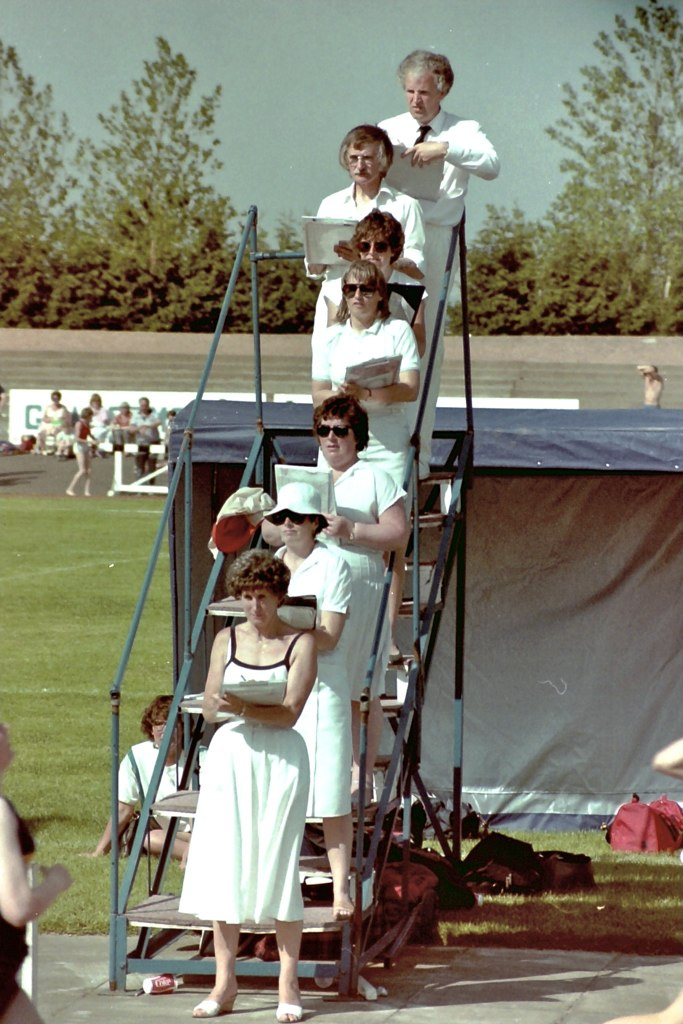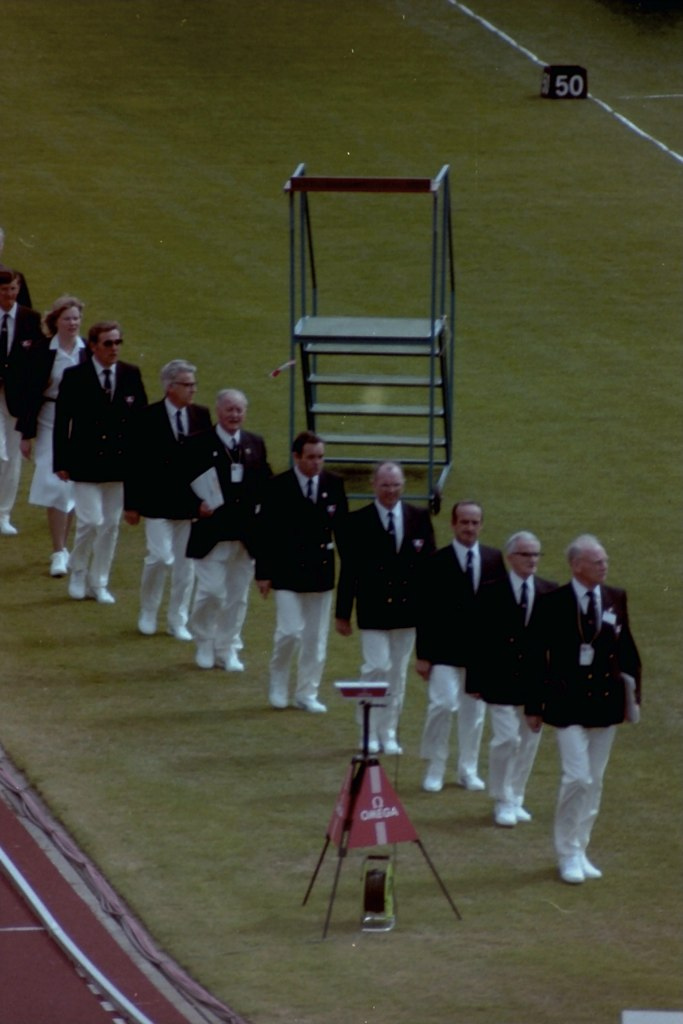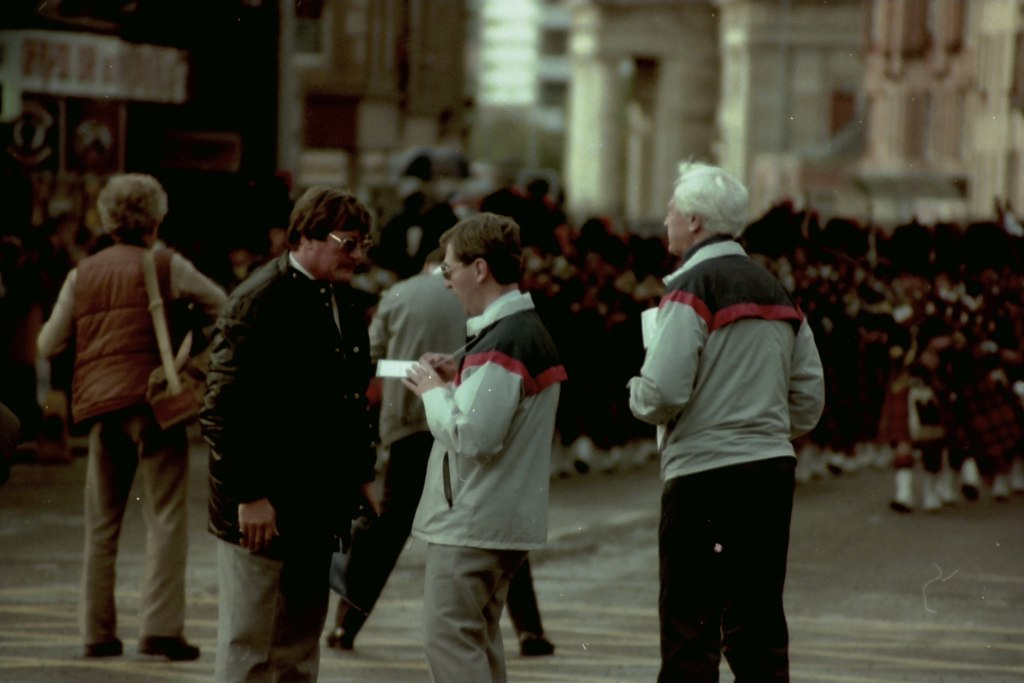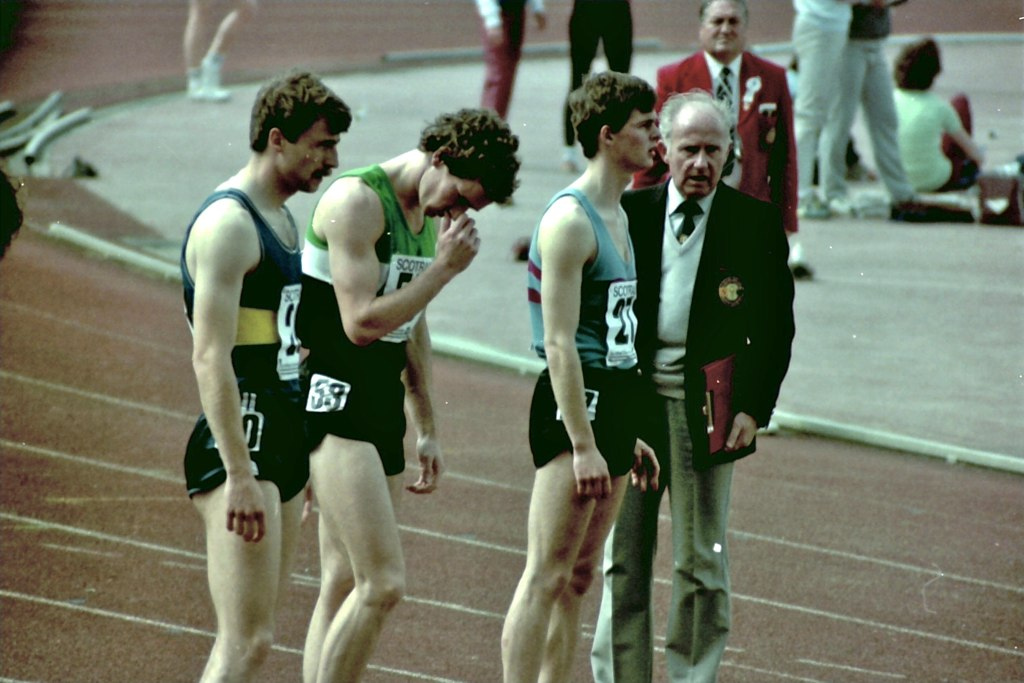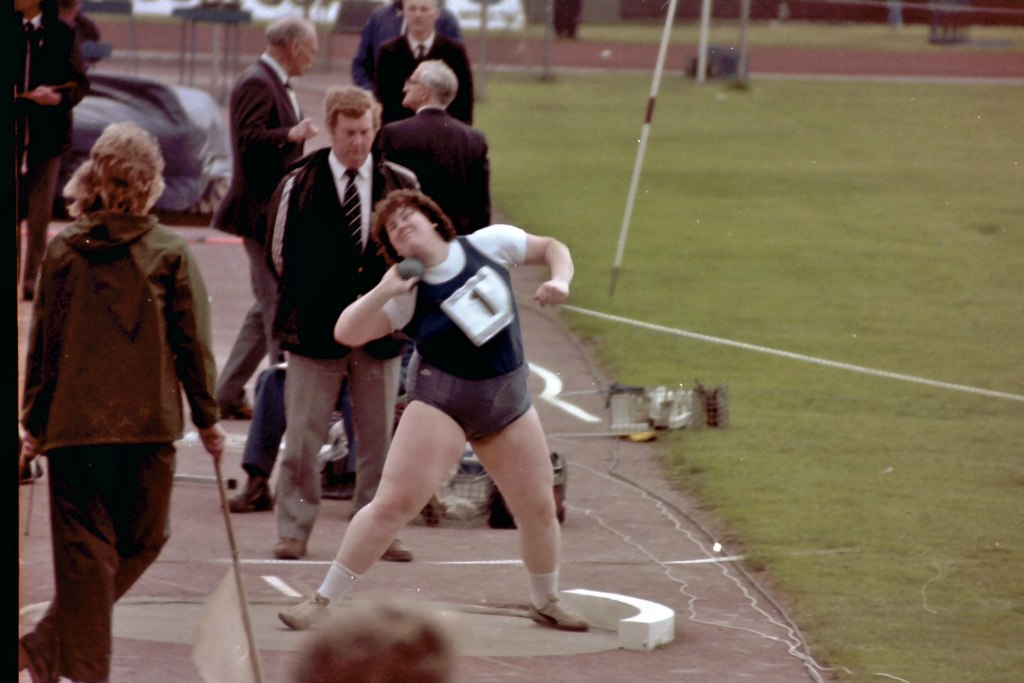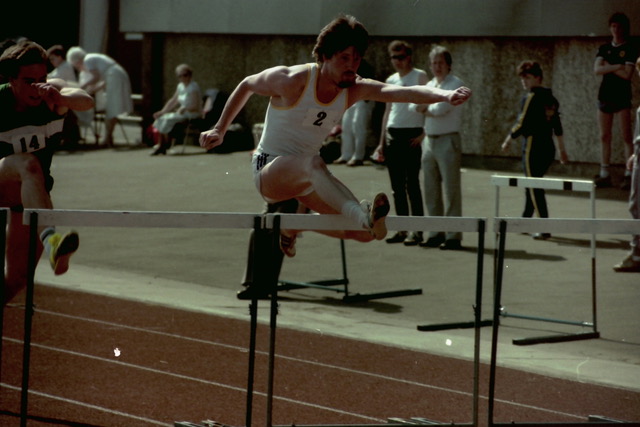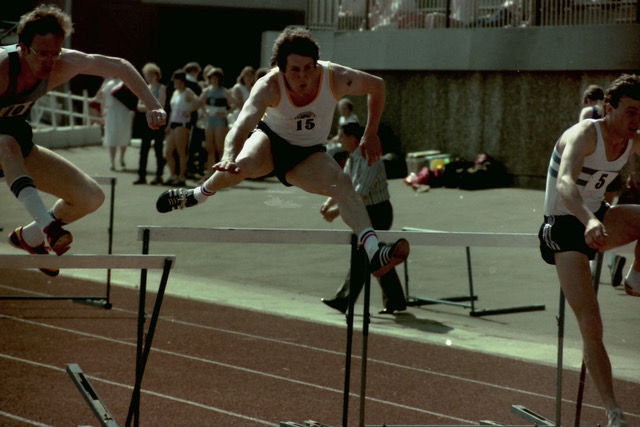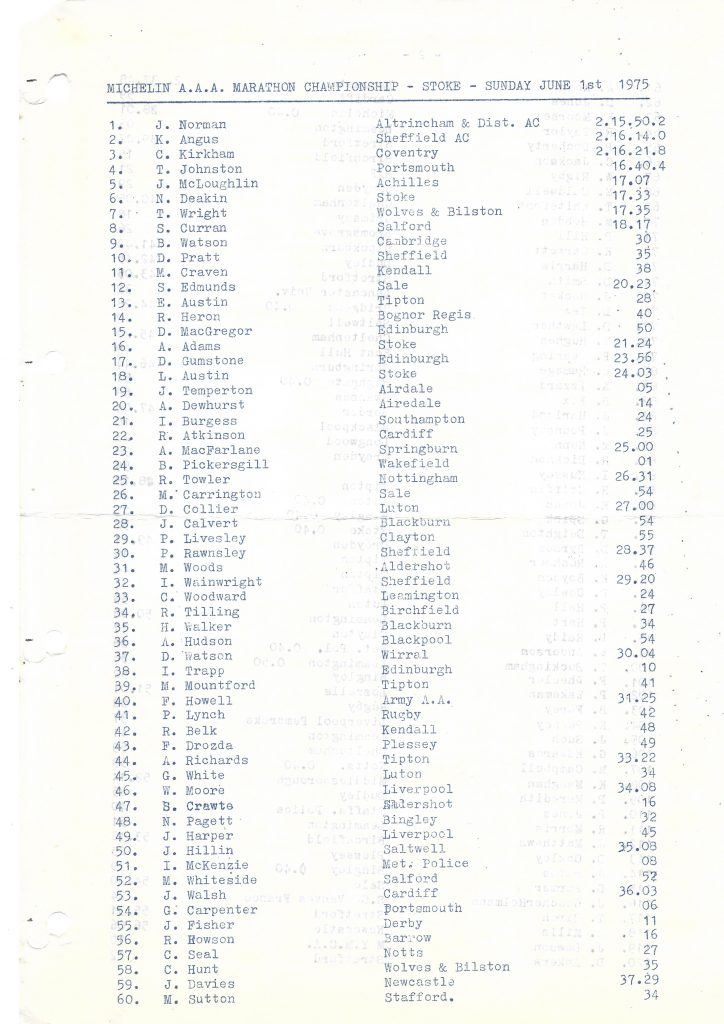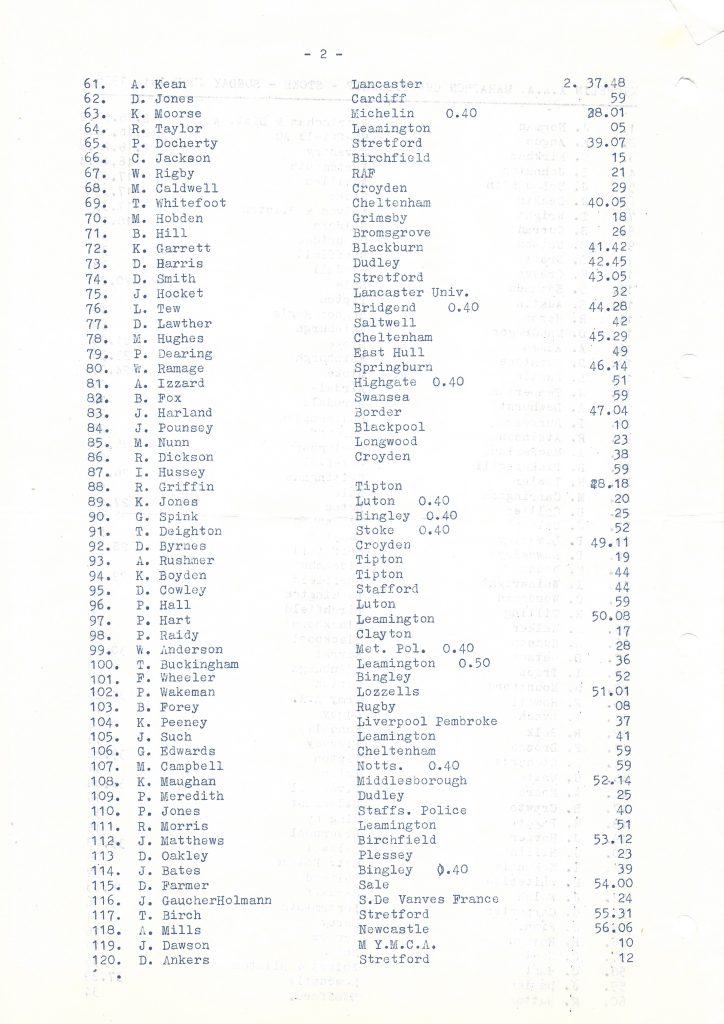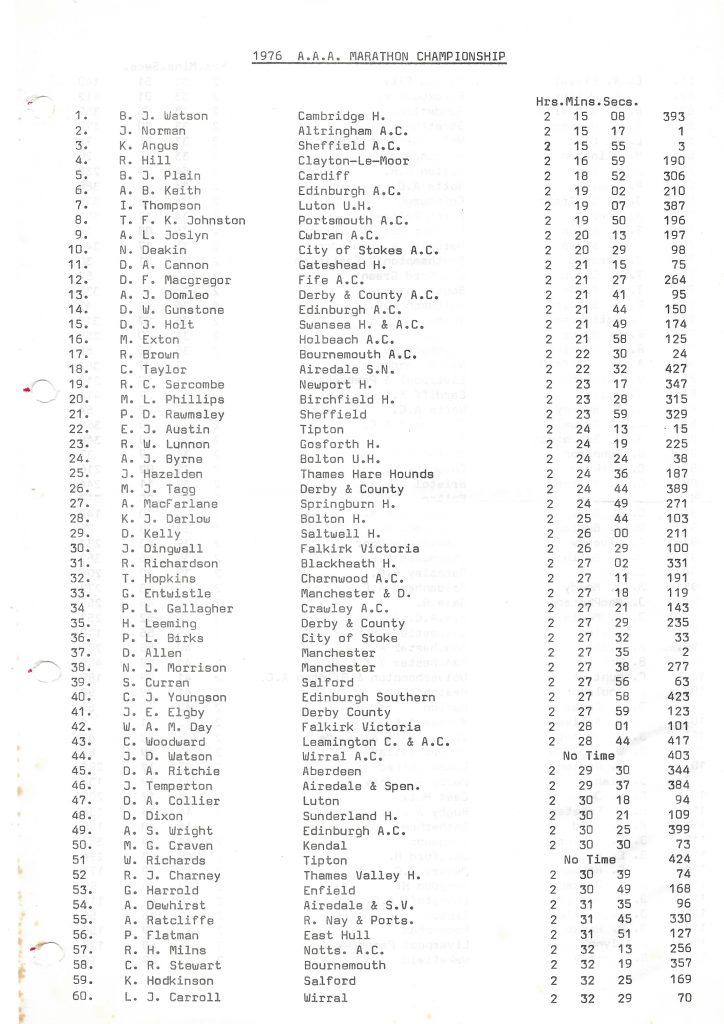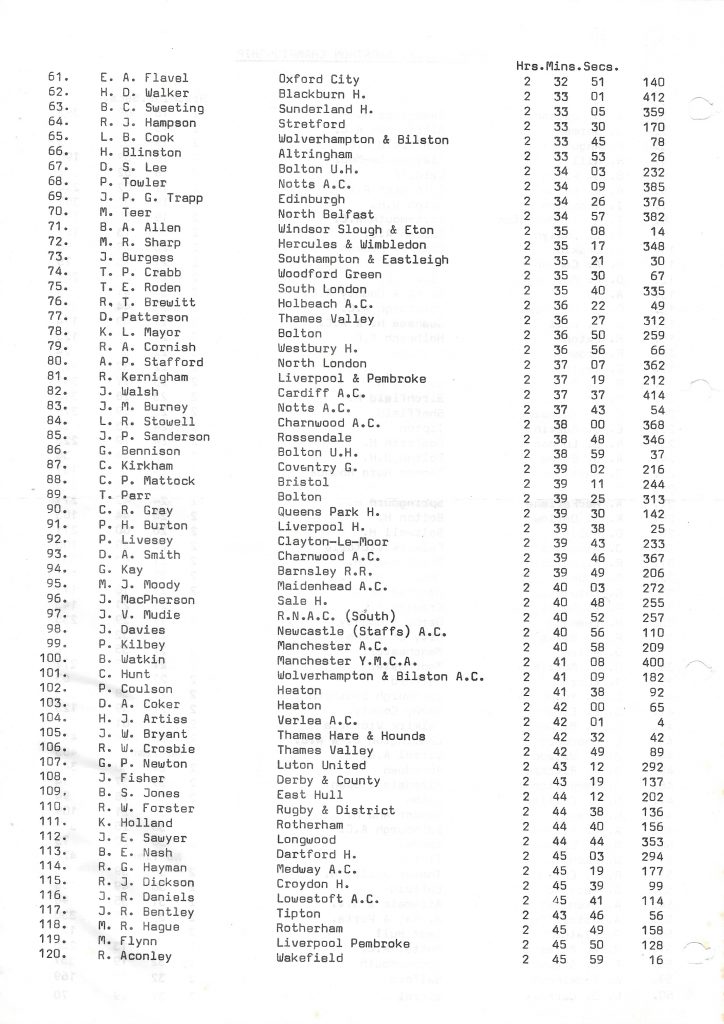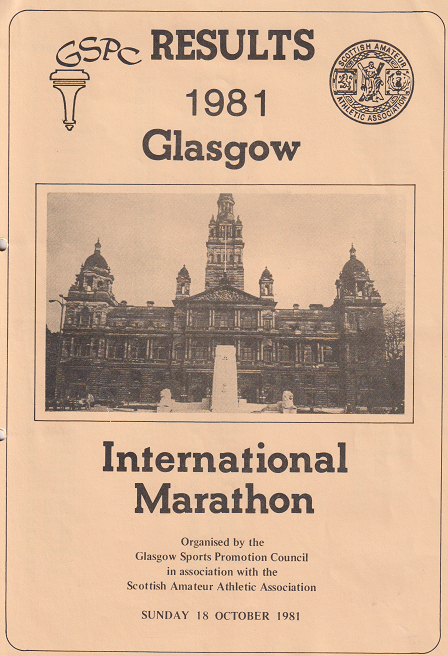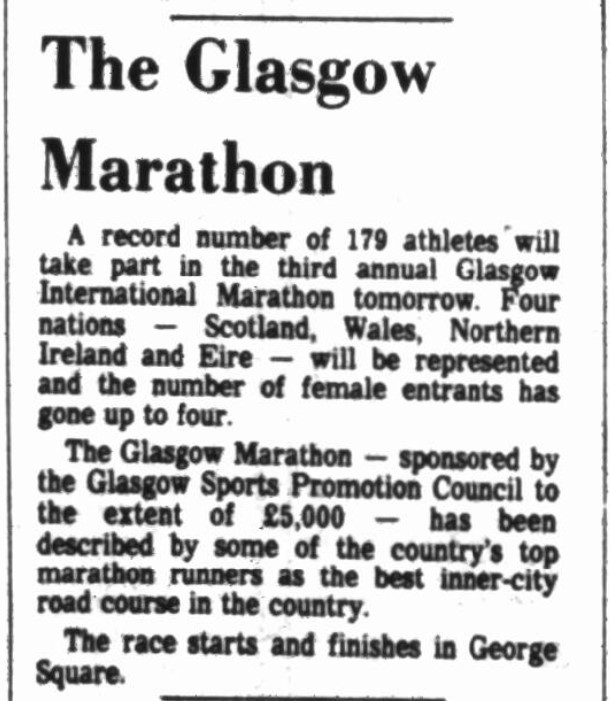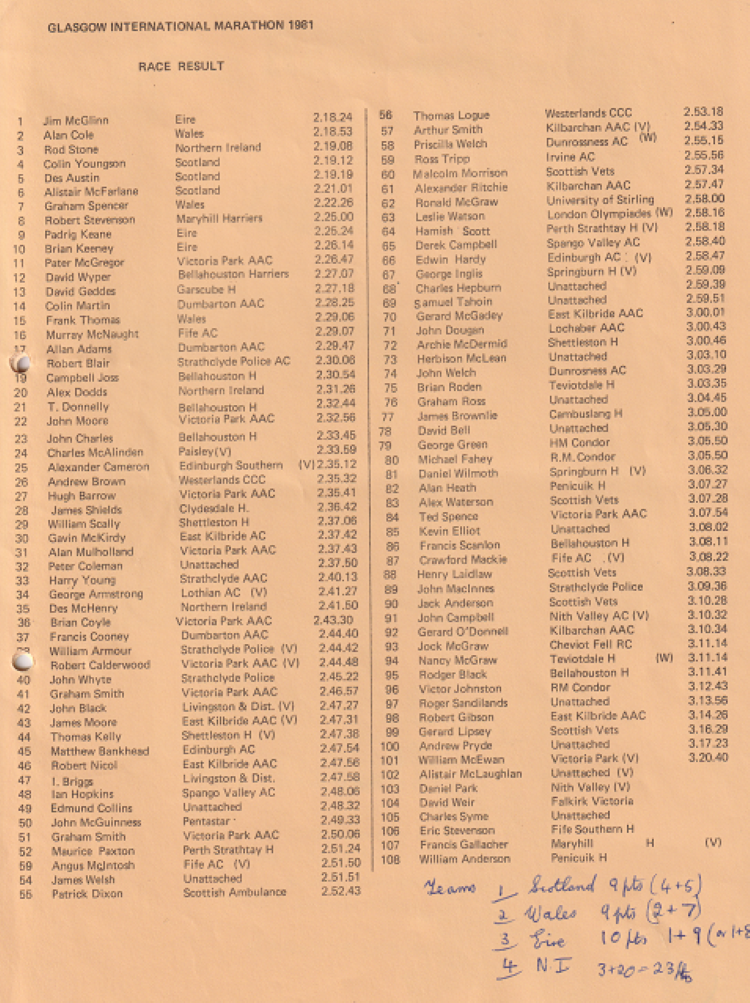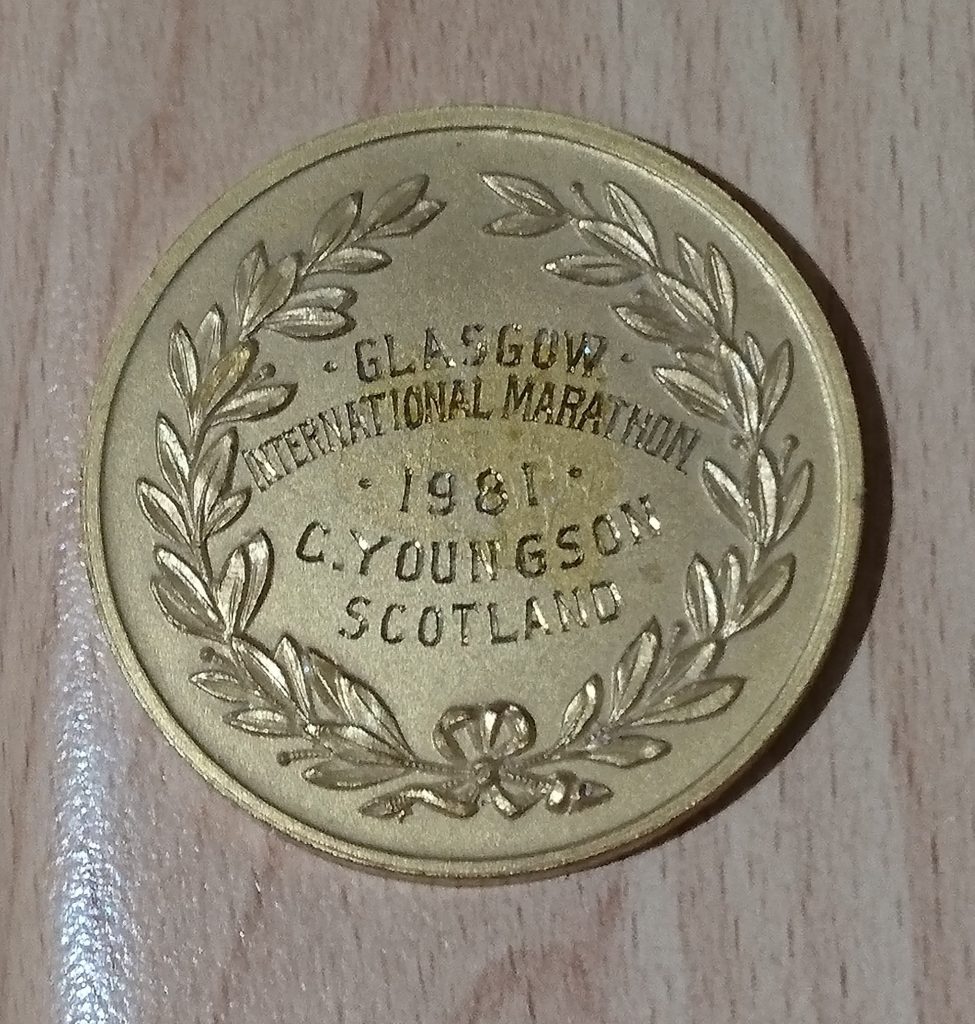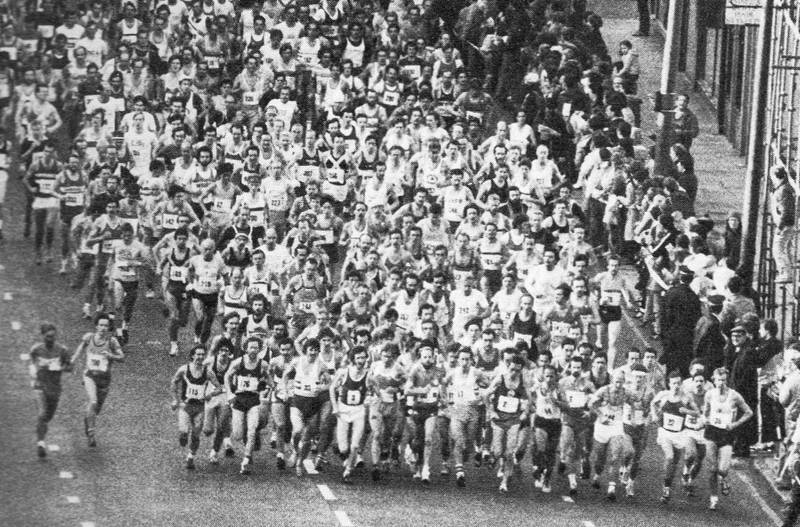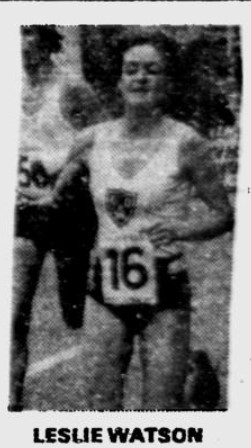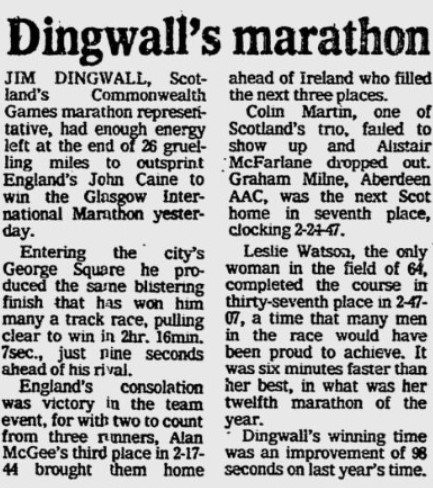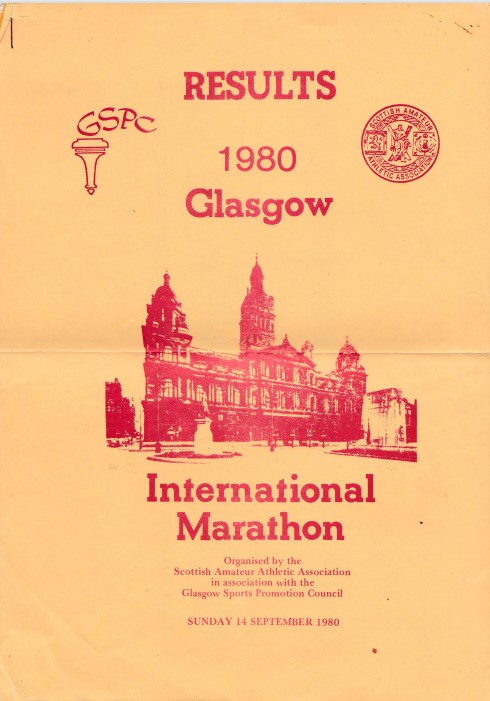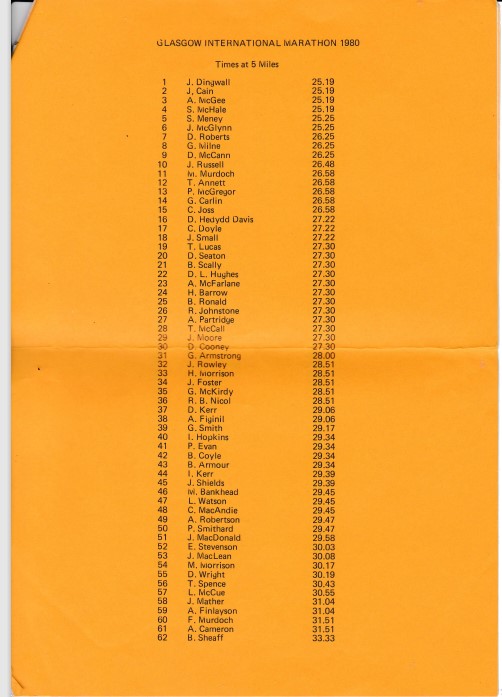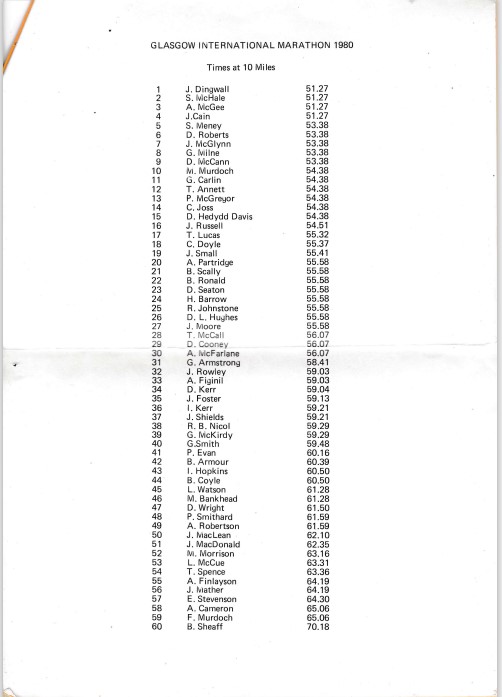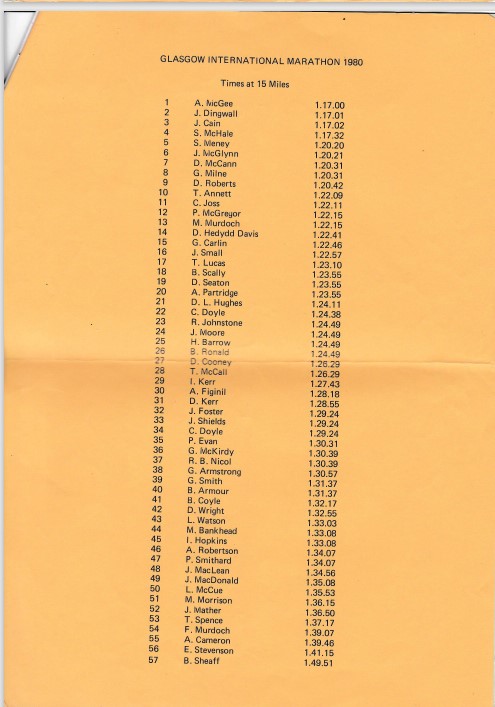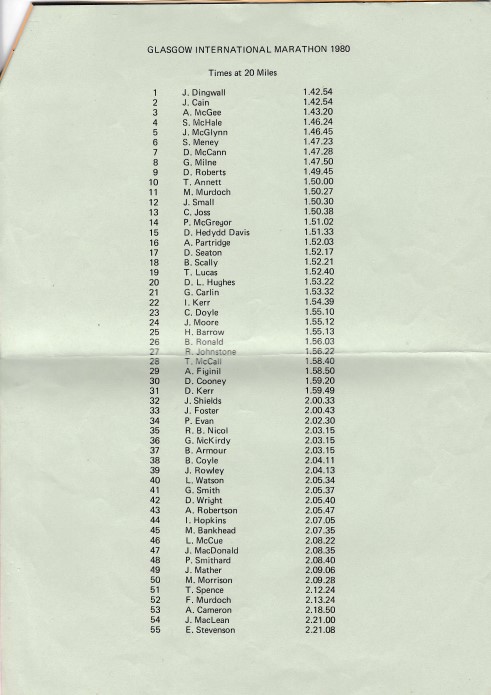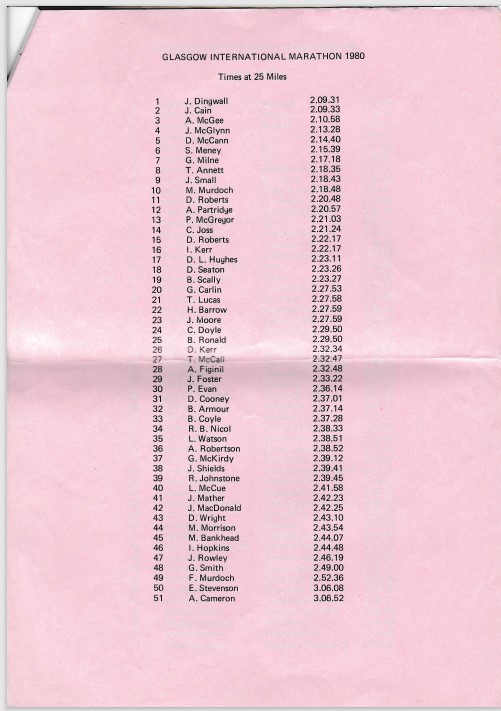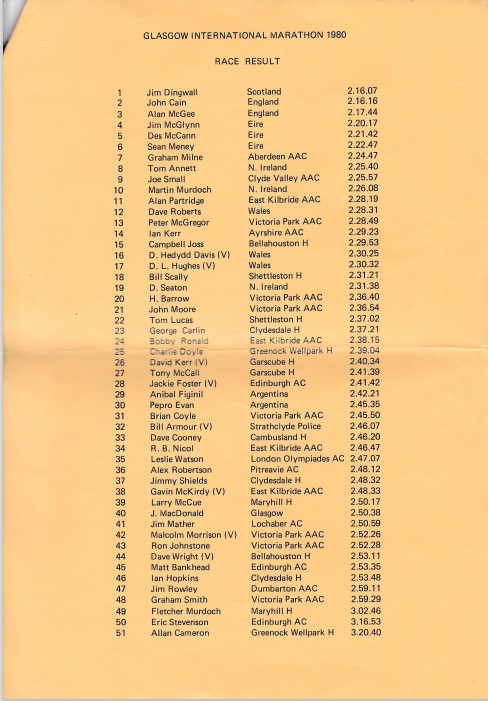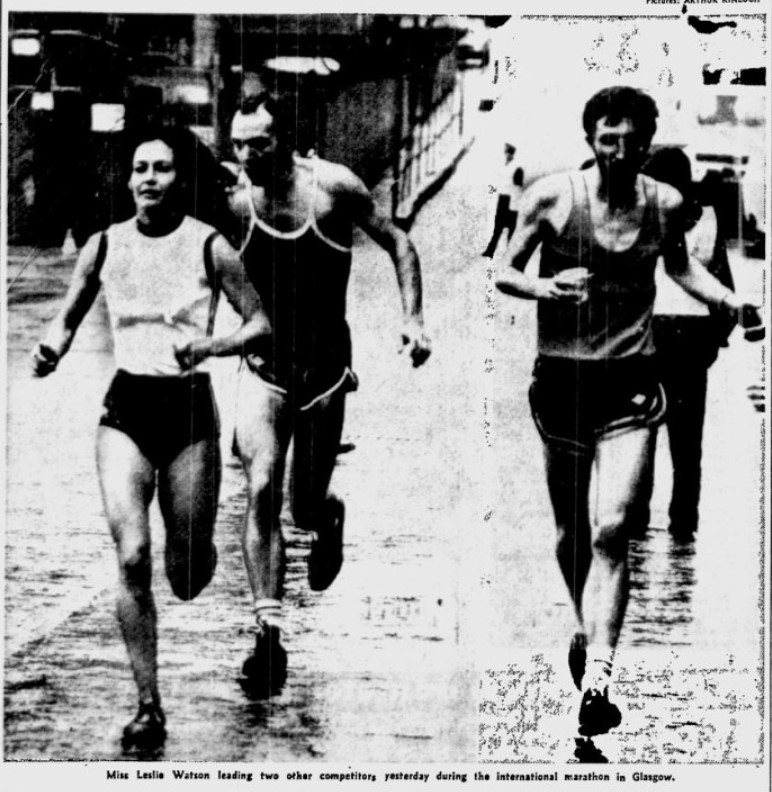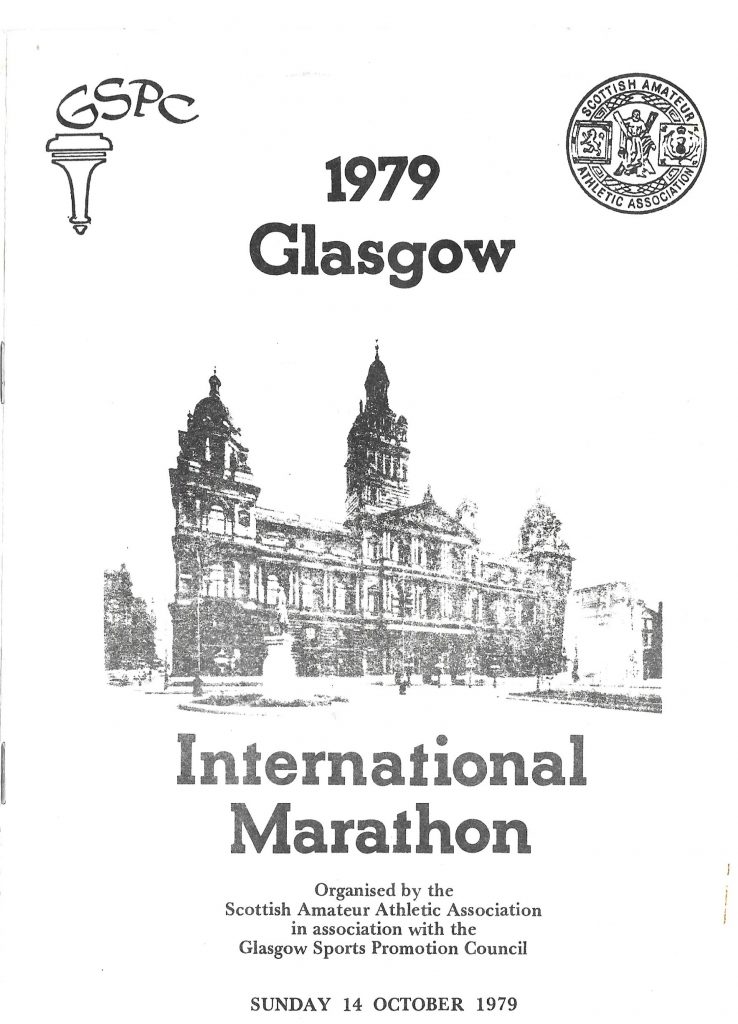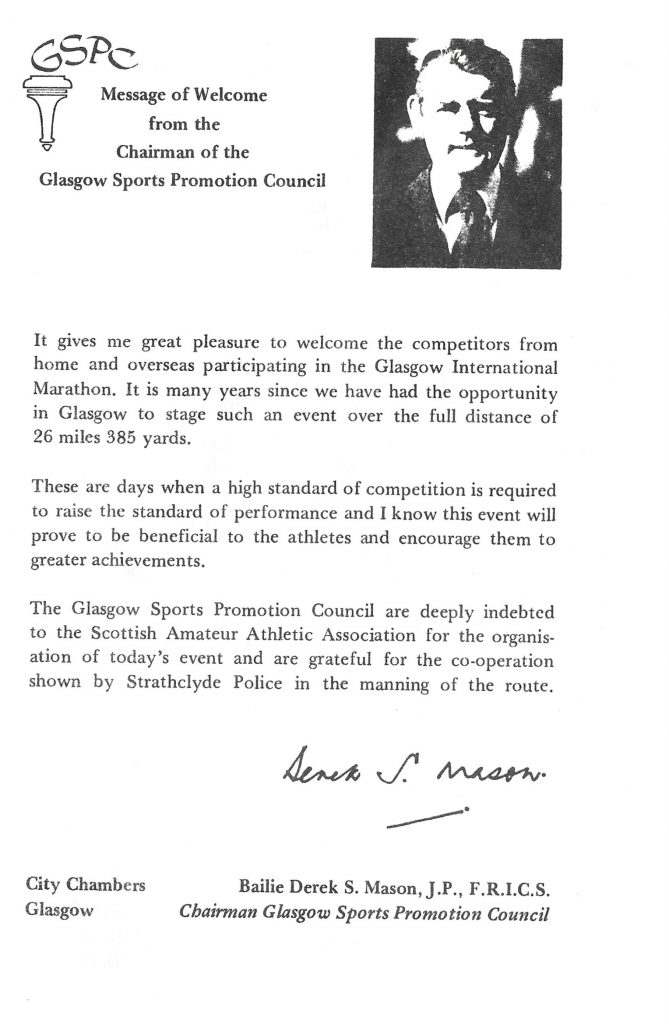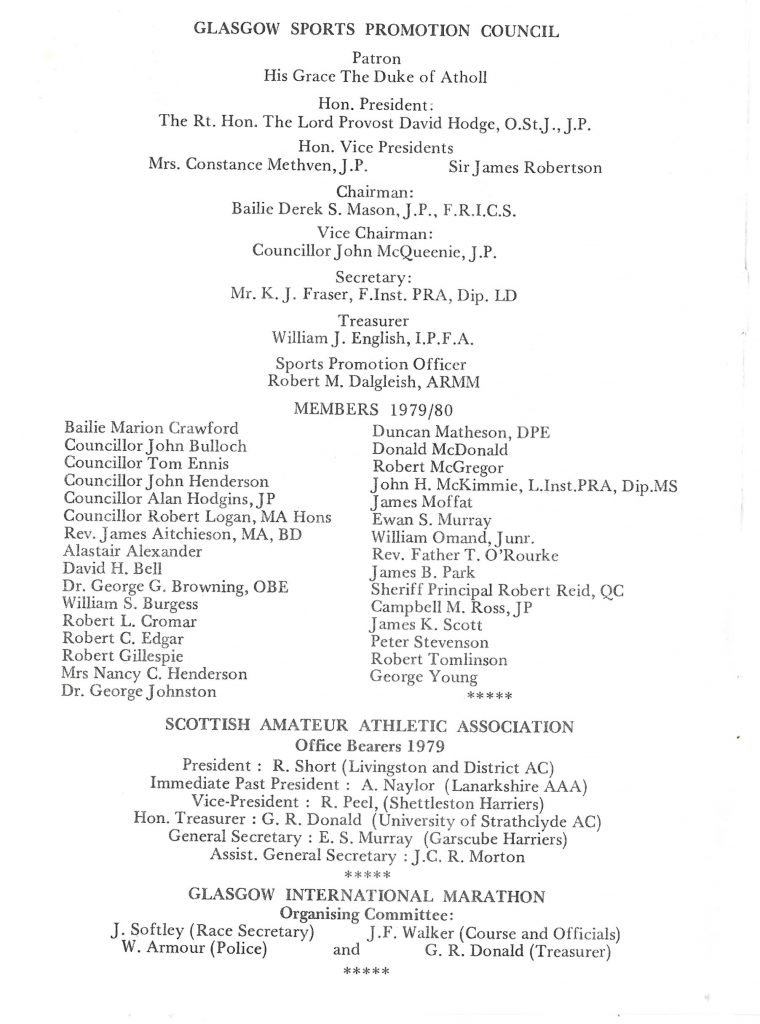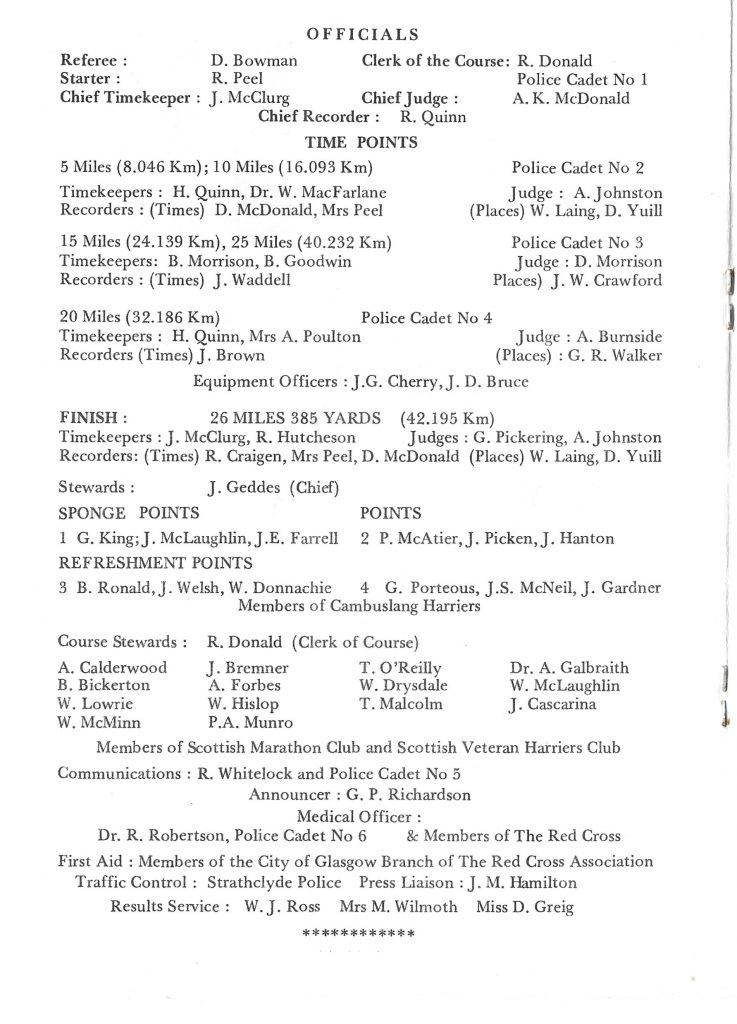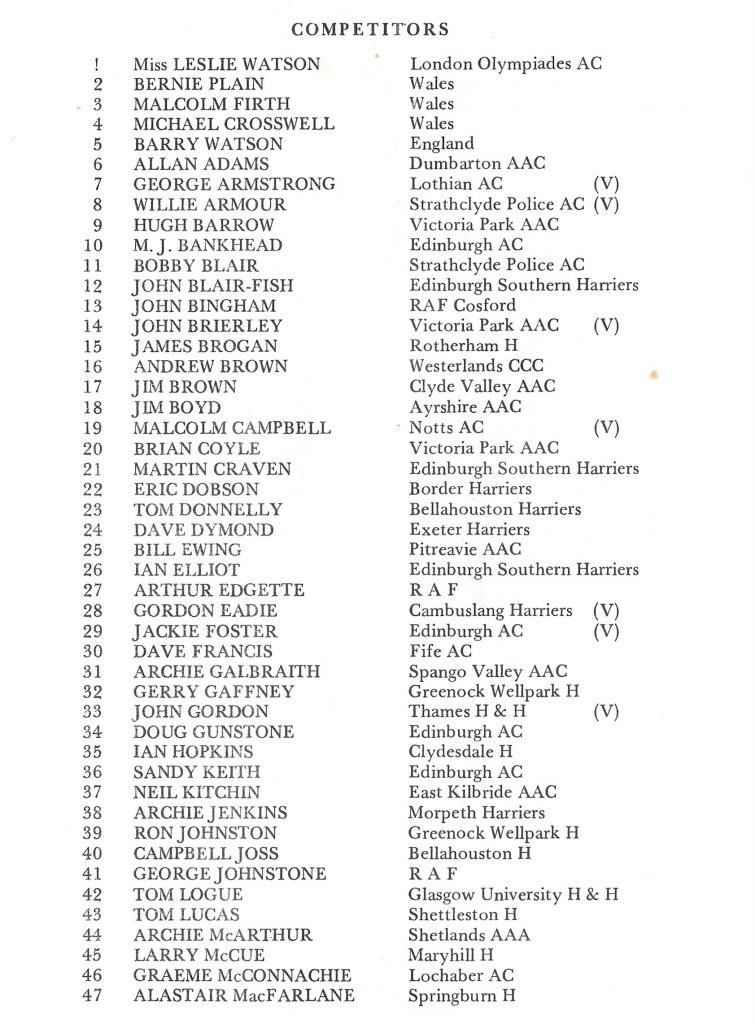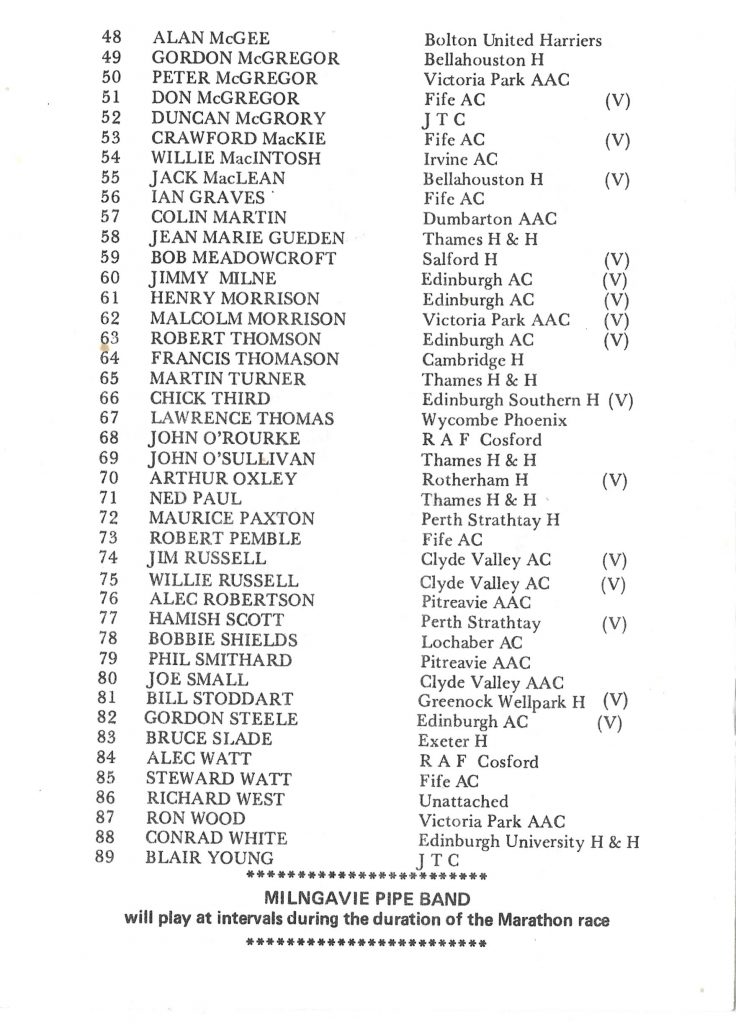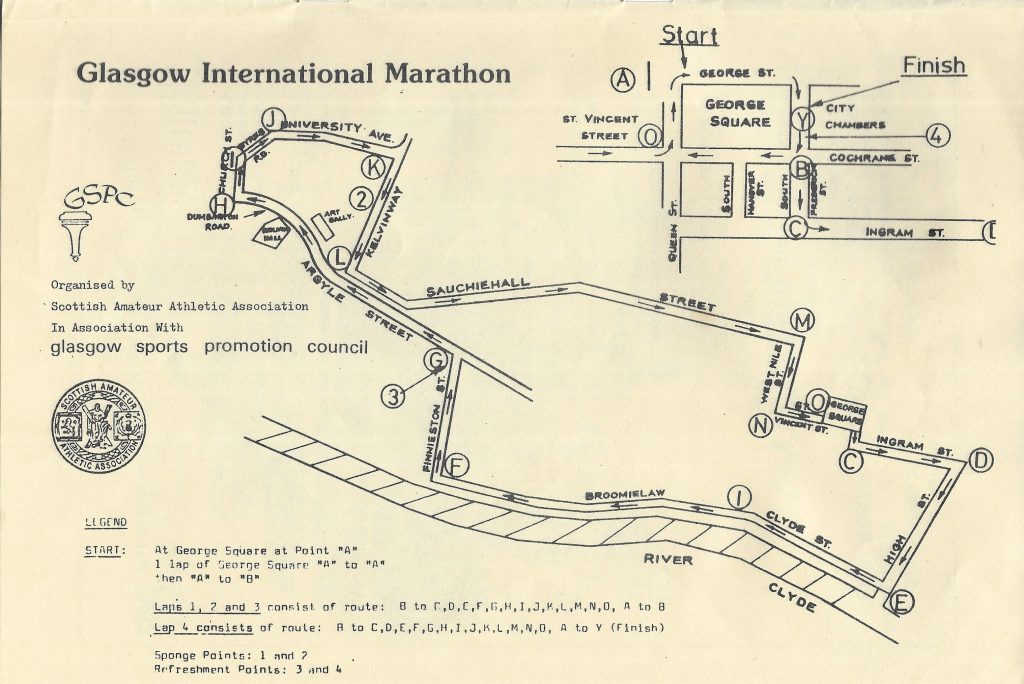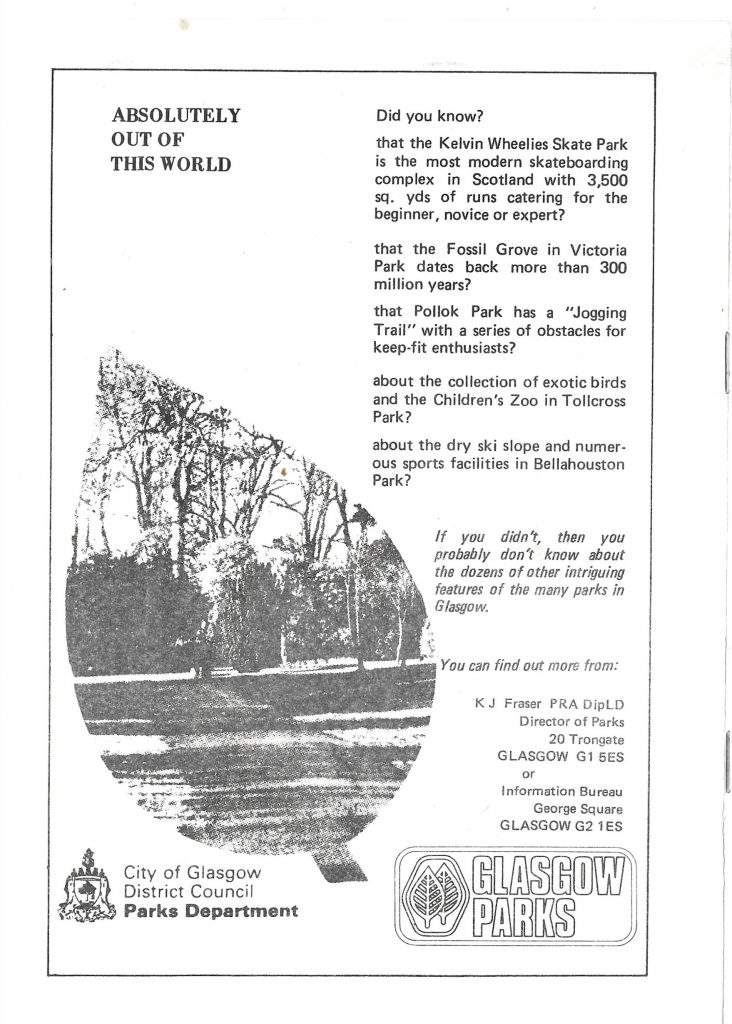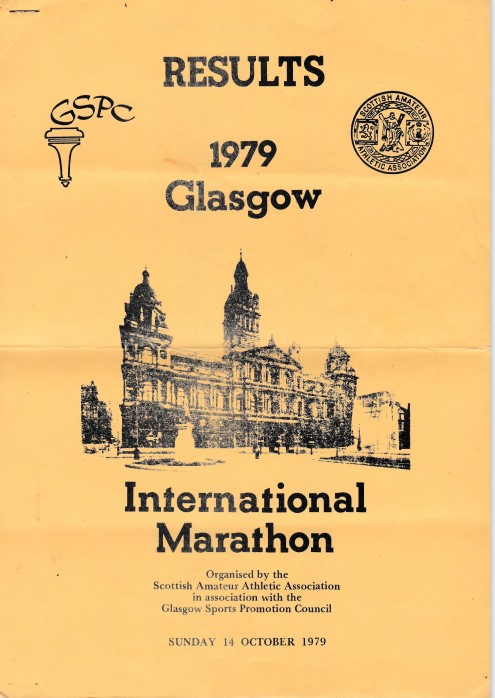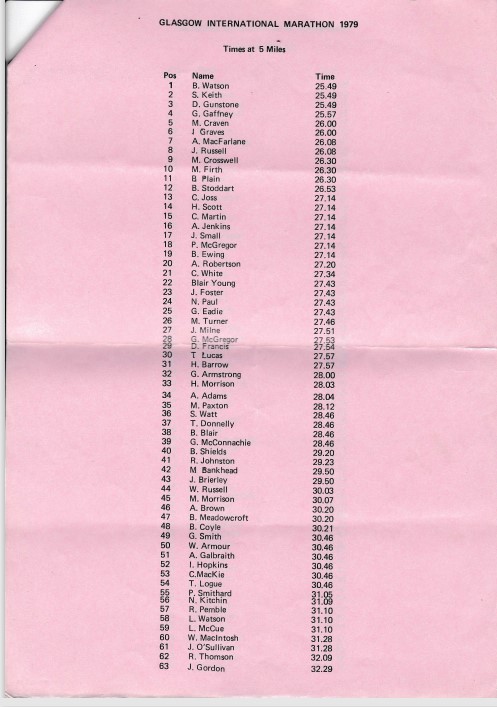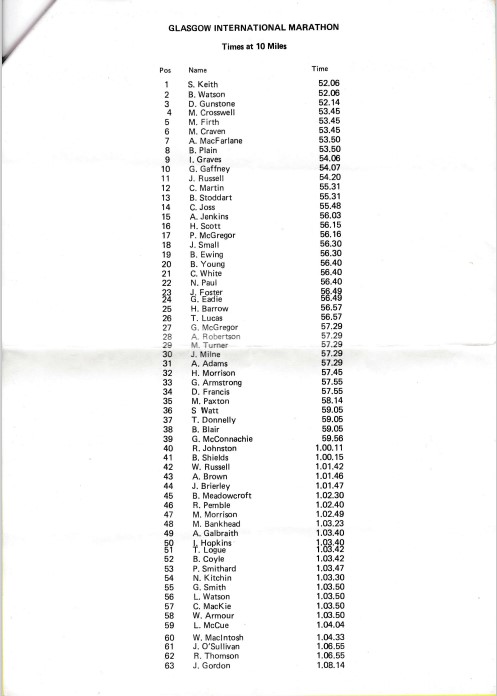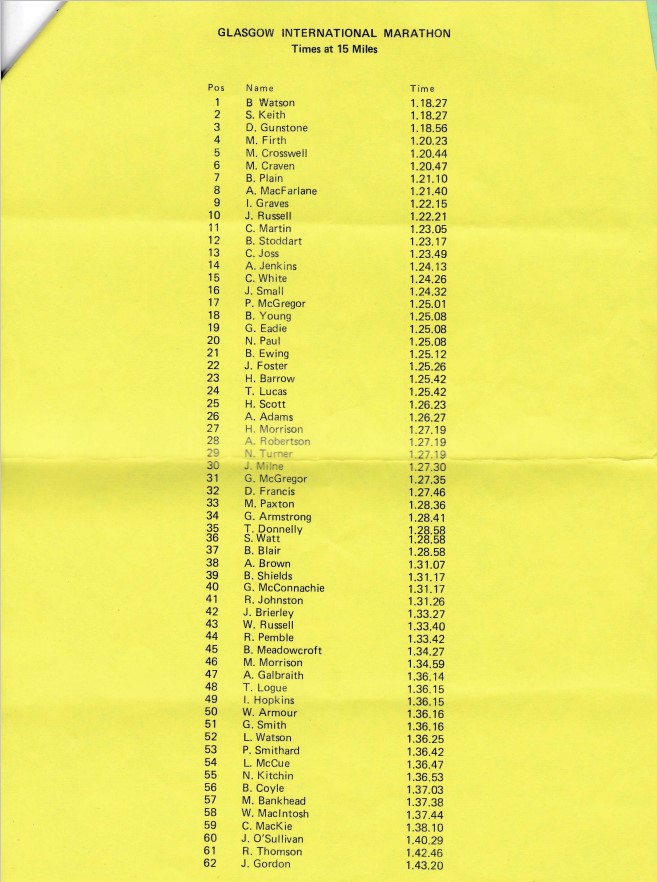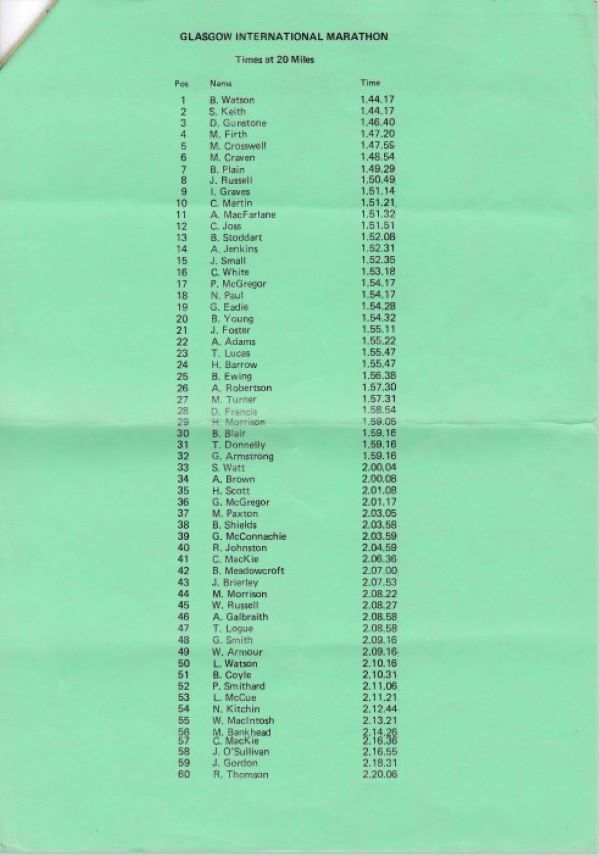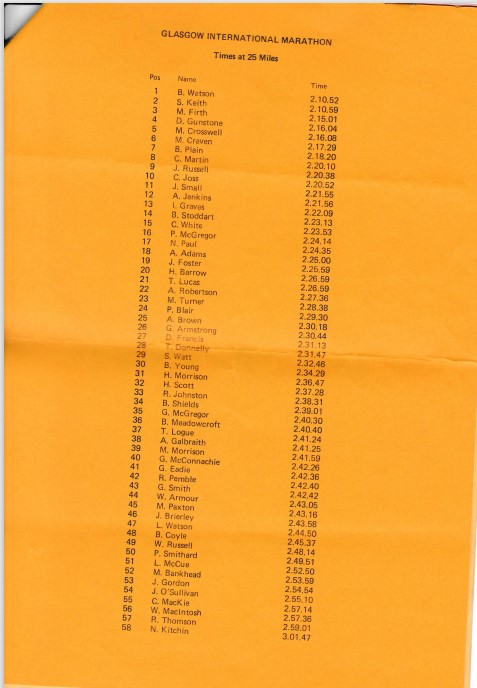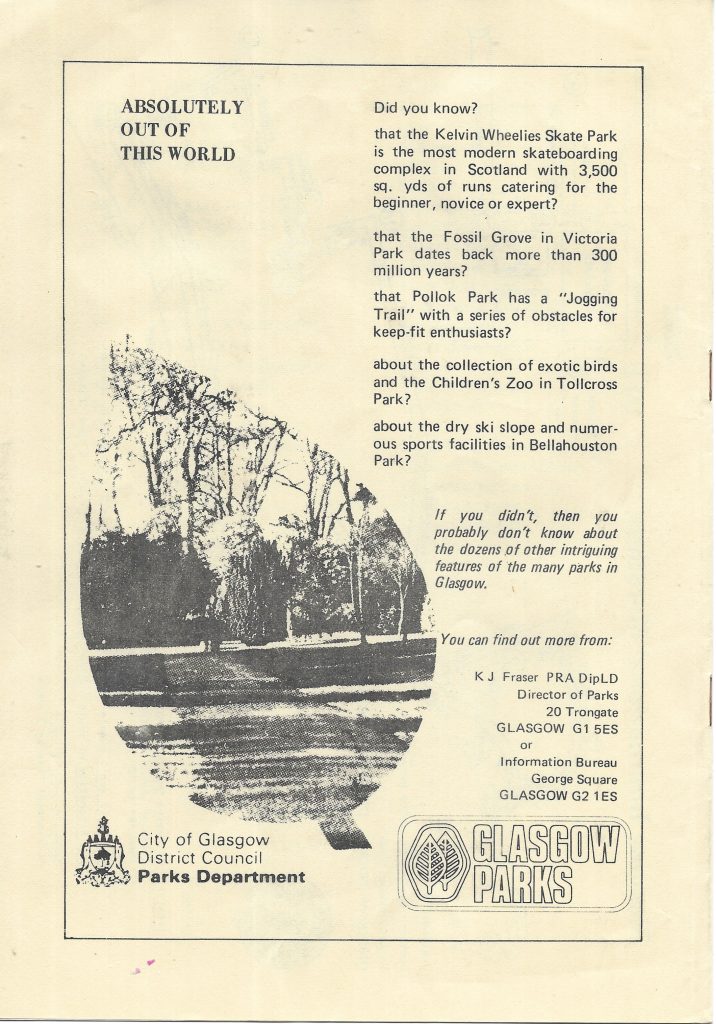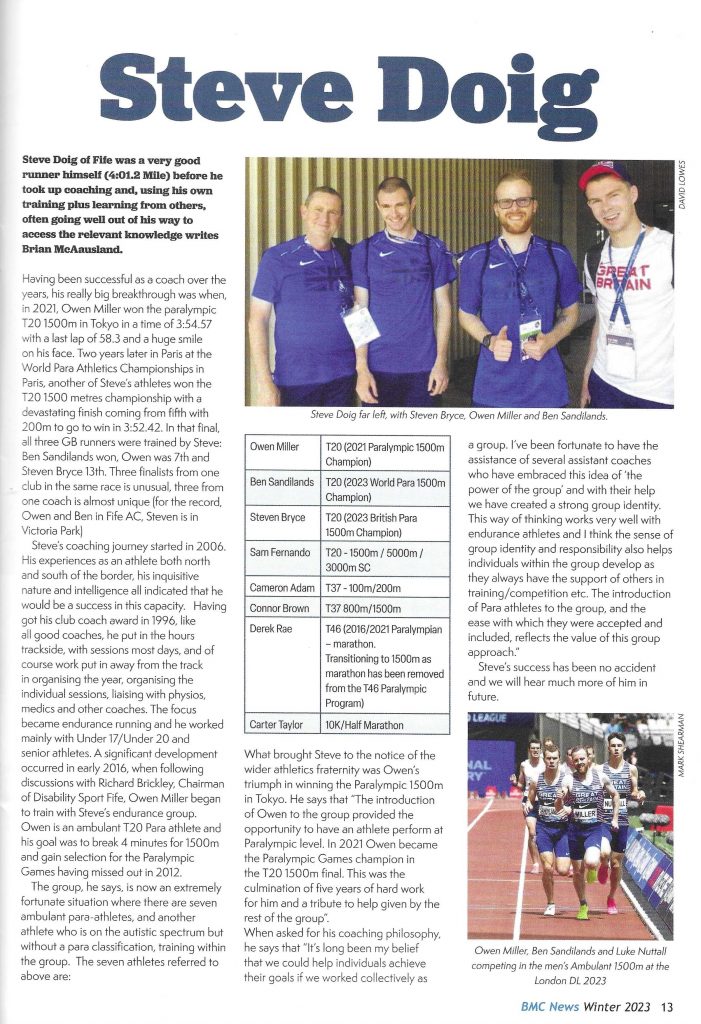The Glasgow International Marathon was run in 1979, 1980 and 1981
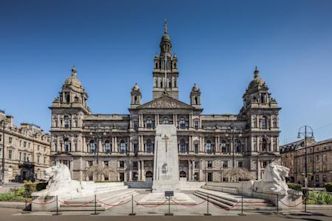
Glasgow City Chambers: Starting place of the original Glasgow Marathon
Everybody remembers the Glasgow Marathon in the 1980’s with tens of thousands of participants making their way through the city, from the city centre to the west end to the south side to the east side and finally back to the finish at George Square. But there had been a marathon in Glasgow before that, one that Leslie Watson referred to as ‘the best kept secret in Scottish athletics. The numbers were small because the runners were all trained athletes, there was often an international dimension to it, there were four laps not one. The original Glasgow marathon started in 1979 – four years before the mass participation version. The route in 1979 started in George Square and did not cross the river at any point:-
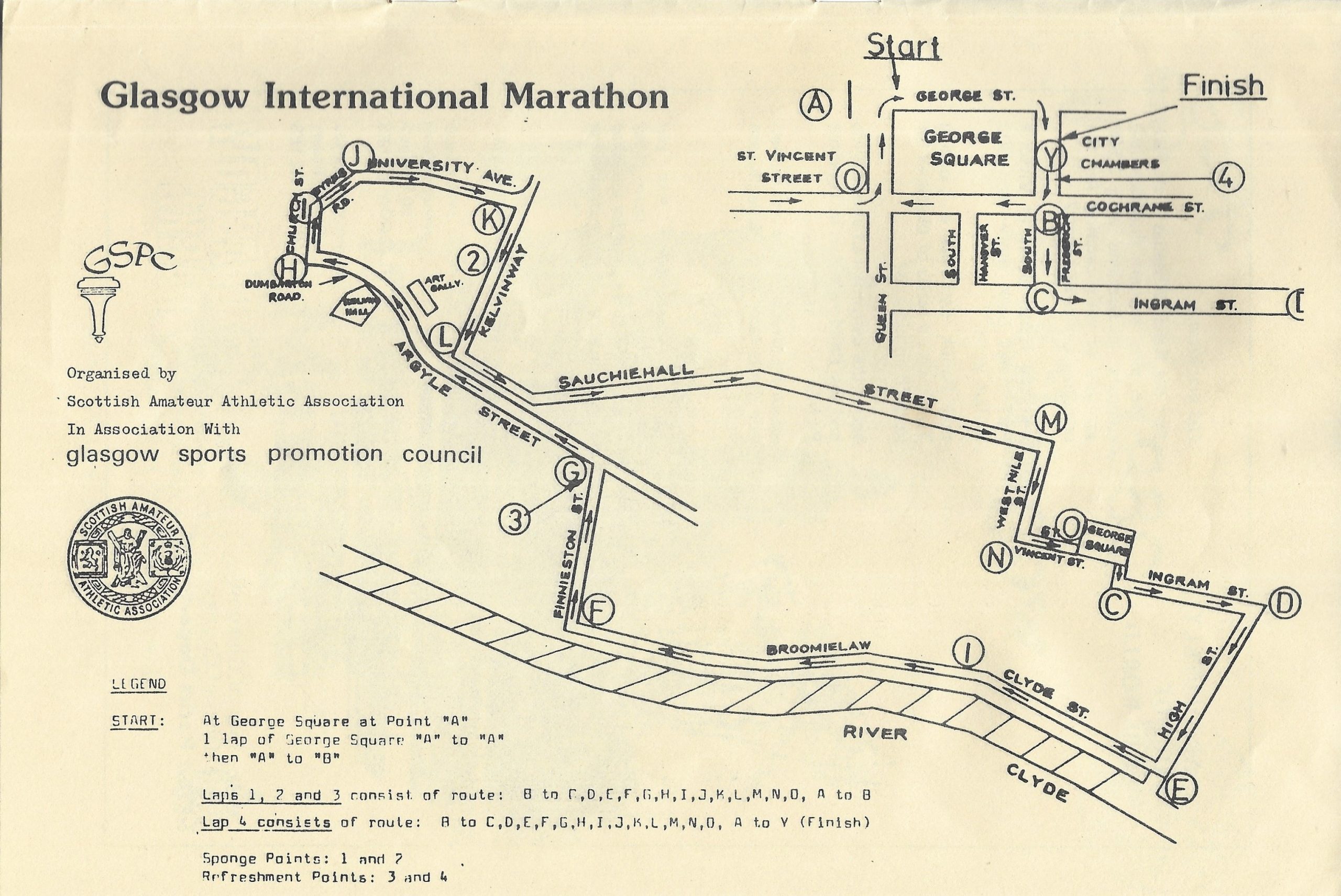
It was a neat, compact course and, from the point of view of a runner shouting on a team mate who was competing, it was a great course. Lots of room in the empty Glasgow streets on a Sunday morning made darting around the city, taking short cuts here and there, intercepting your chosen runner over four laps and still getting to the finish in time to see him crossing the line! The first race had 63 starters, 58 still running after three laps and which was also the finishing number. Result below:
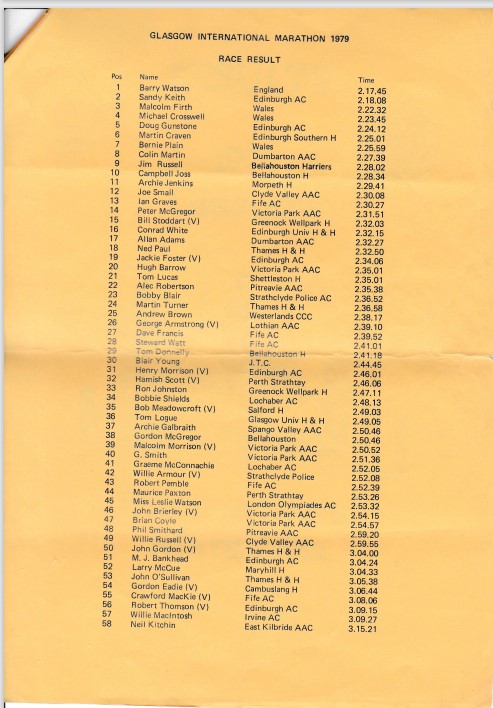
See the remainder of the stats above – 58 finishers, 11 inside 2:30, 9 outside 3 hours and a final runner clocked in at 3:15:21. And only one woman – Glasgow’s own Leslie Watson – who had a wee report of her own which managed to get her finishing position wrong.
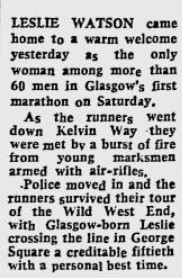
Race splits and detailed results at this link.
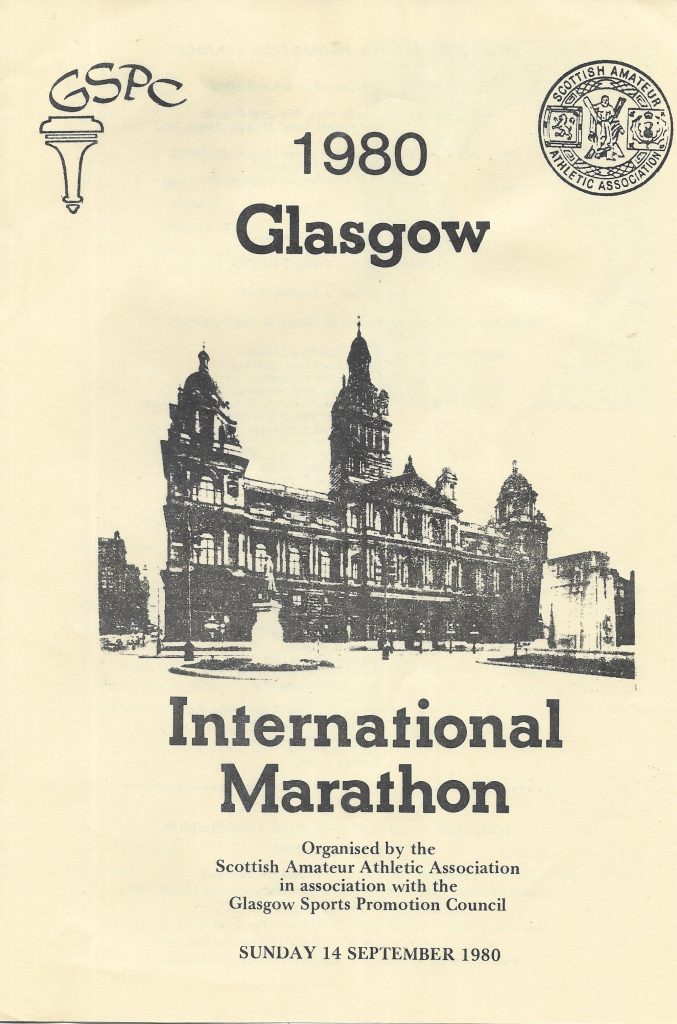
The first Glasgow Marathon had been held in October in 1979 and this was maybe felt to be too late in the year for such a race – or maybe representations had been made that it was right at the start of the cross-country season’s short relays. Whatever the reason, it was moved back to September in 1980. Alastair Macfarlane had a copy of the programme (cover above) and we reproduce it here with the complete list of officials and entrants.
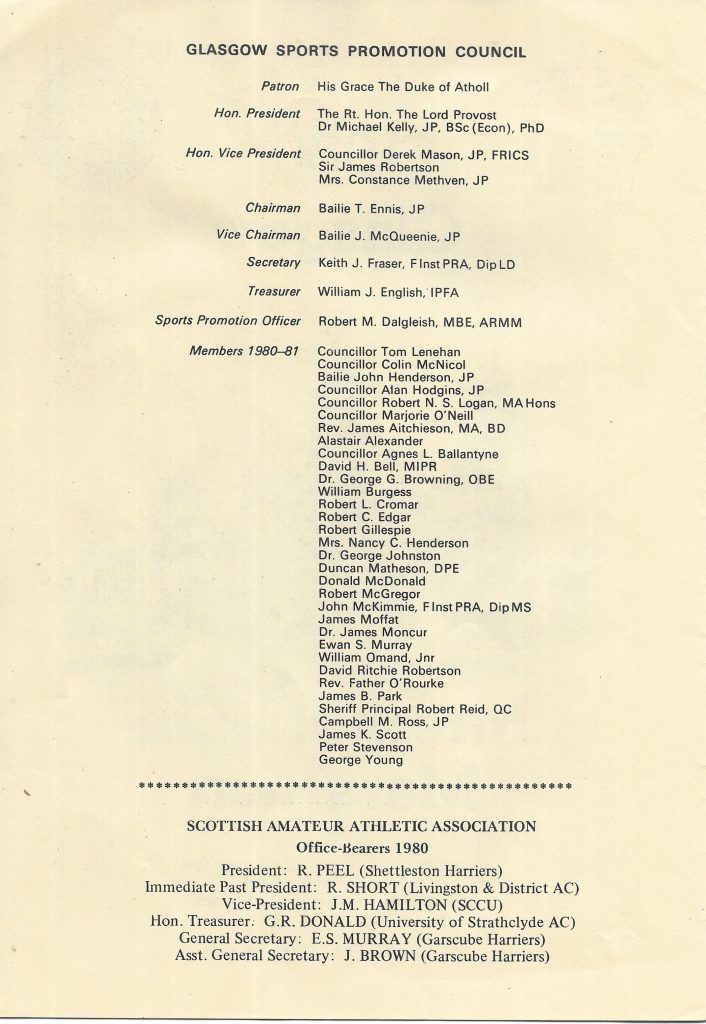
Inside the front cover and was a very impressive list of members of the Glasgow Sports Promotion Council with SAAA Officials at the foot of the page. On the facing page was the obligatory message from the Chairman of the Council to the participants.
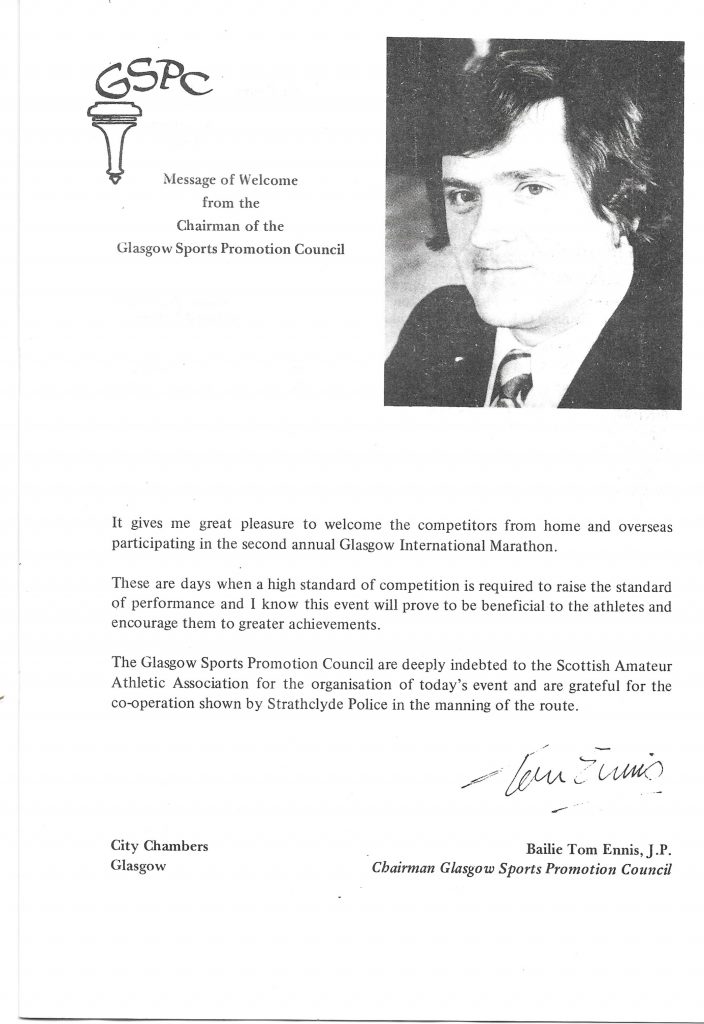
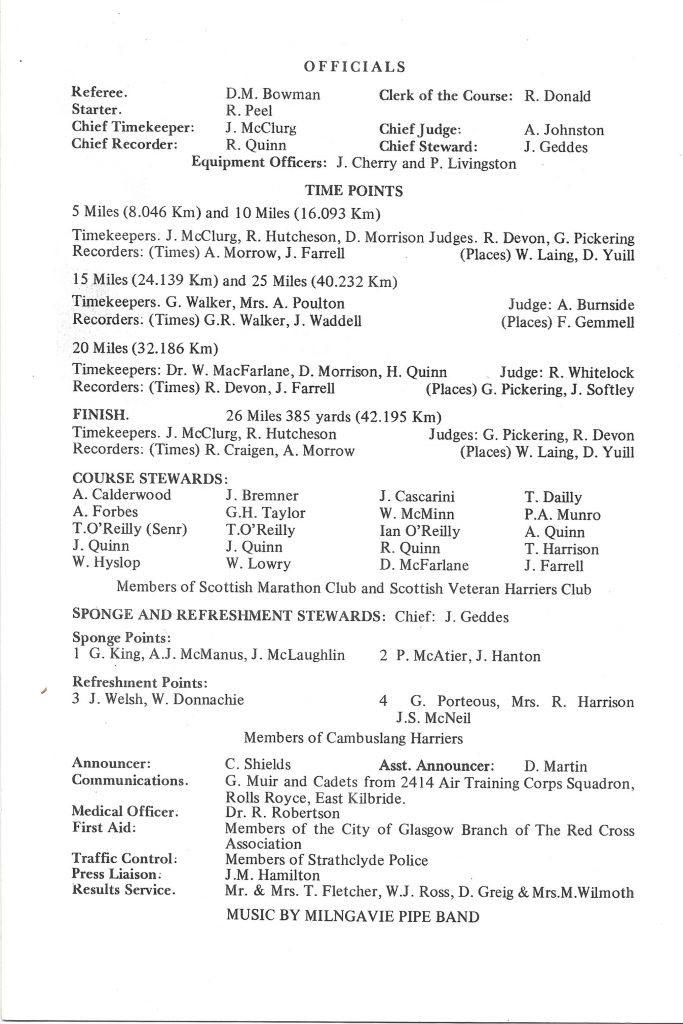
The list of officials was comprehensive a.nd the race had not only the appropriate number of officials but all the officials were experienced and very good at their job. Many of them had already officiated at the Commonwealth Games held in Edinburgh earlier in the year. Lots of notables – Walter Ross, founder of the Scottish Veteran Harriers movement, John Hamilton, Scottish Cross-Country team manager, David Bowman who had been in charge of the Commonwealth Games marathon, a host of former champions-turned-officials.
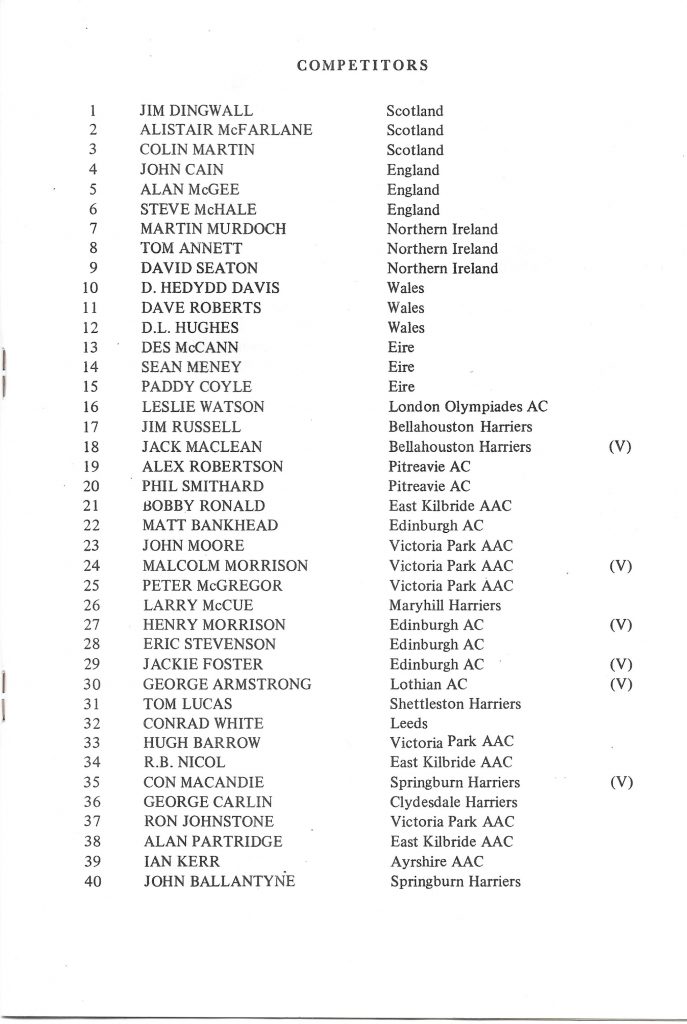
Then came the runners on two pages – almost exactly the same as in the previous year but every one a good athlete wiwth the international representatives heading the list and Leslie Watson again the only woman in the field.
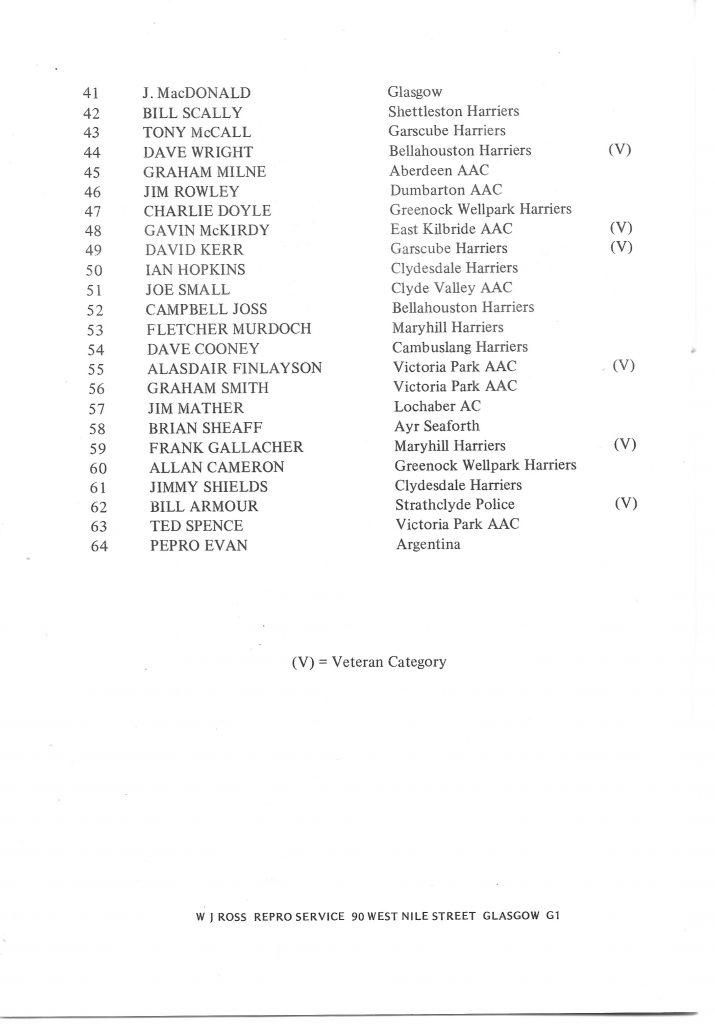
Then came the race. Report and results at this link .
